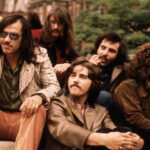What exactly makes a song a “dance song”? It’s a question that opens up a world of possibilities. In the broadest sense, any melody that inspires movement can be considered danceable, from the rock anthems of The Beatles to the heavy riffs of Slayer. Hip-hop and reggae, in their very essence, are deeply rooted in dance culture. However, when we delve into the realm of “dance music culture,” we’re talking about something more specific, yet still incredibly vast. This is a world that has been shaping soundscapes for nearly half a century, constantly evolving and pushing boundaries.
This list of Top Songs To Dance to isn’t just a random collection of catchy tunes. It’s a journey through the history of dance music itself. Starting in the mid-1970s with the glittering emergence of disco, we trace the evolution through the early 80s club scenes with electro and Latin freestyle. We witness the rebirth of disco into house music in Chicago and techno in Detroit, and then the explosive mutation into the 90s rave culture, birthing genres from jungle to trance, gabba to garage, eventually leading to the EDM and dubstep phenomena of the 2000s. While these sounds have had their moments in the spotlight, they never truly disappear. Drum ‘n’ bass is currently experiencing a resurgence, and house music from recent years continues to resonate.
This compilation doesn’t aim to capture every single sub-genre within this vast ocean of dance music. Instead, we’ve focused on tracks that feel timeless, universally resonant, and crucially, those that highlight the intersections of dance music with the wider musical landscape. You’ll find moments where dance music intertwines with synth-pop, hip-hop, funk, Miami bass, R&B, indie-rock, Latin, and mainstream pop. This is why artists like Prince, Robyn, Britney Spears, Shakira, and Justin Bieber find their place alongside pioneers like Adonis, Frankie Knuckles, Moodymann, Goldie, and the innovative SOPHIE.
If you’re curious about the journey that led to a summer where artists like Drake and Beyoncé are releasing house-infused tracks, this list offers a glimpse into that story – our curated version, at least. Get ready to explore the ultimate playlist of top songs to dance to, spanning decades and genres, and guaranteed to ignite your inner dancer.
Donna Summer – ‘Last Dance’ (1979)
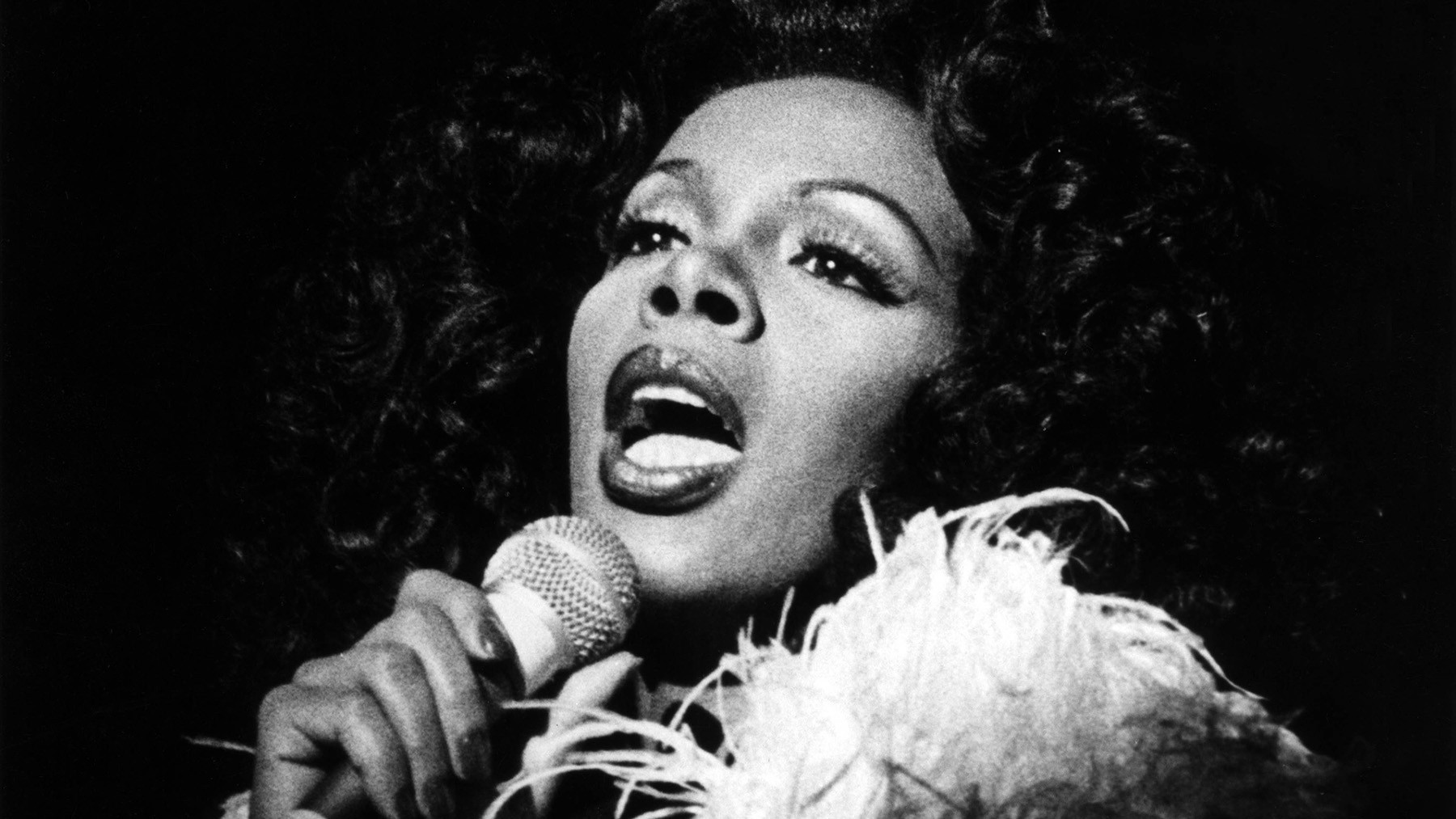 Donna Summer Last Dance Image Credit: Redferns
Donna Summer Last Dance Image Credit: Redferns
Image Credit: Redferns
While the film Thank God It’s Friday might be viewed as a lengthy advertisement for the disco powerhouse Casablanca Records, signaling a potential overreach for both the label and disco itself, “Last Dance” stands as a testament to the genre’s enduring power. This track rightfully earned its Oscar for Best Original Song. It begins with a slow tempo, almost ballad-like, before dramatically transforming into a vibrant, exhilarating disco anthem. The genius behind this tempo shift is Casablanca’s producer Bob Esty, who conceived of the song’s dynamic structure, making it a quintessential dance floor classic and one of the top disco songs to dance to.
Fatboy Slim – ‘The Rockafeller Skank’ (1998)
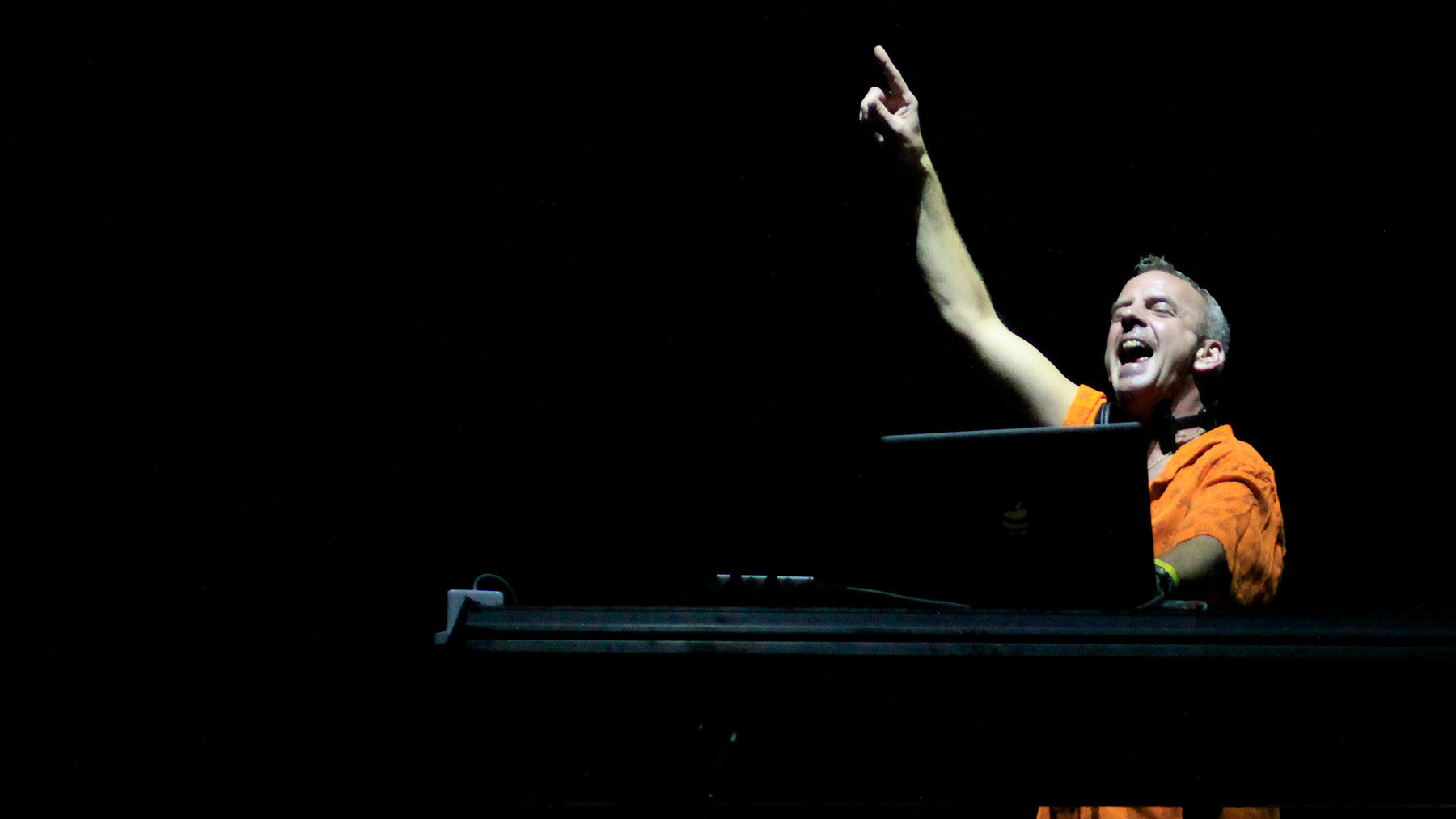 Fatboy Slim performing at Pop Music Festival in Brazil, 2011. Image Credit: AP
Fatboy Slim performing at Pop Music Festival in Brazil, 2011. Image Credit: AP
Image Credit: AP
Norman Cook, the DJ and producer behind Fatboy Slim, humorously described his biggest hit, “The Rockafeller Skank,” saying, “It’s funny, the first time it ever got played was at the Boutique in Brighton. I put it on and everybody just looked up, mouthing, ‘This is you, isn’t it?’” The track’s signature formula – breakbeats combined with infectious guitar riffs – was in full force, making “Skank,” with its surf-rock guitar and the iconic Lord Finesse vocal sample (“Right about now, the funk soul brother/Check it out now, the funk soul brother”), instantly ubiquitous. Cook noted the jokes about “Frat-Boy Slim,” acknowledging that “Rockafeller Skank” became an anthem for a beer-drinking, party-loving mentality. Its high-energy and catchy samples make it a perfect choice for top upbeat dance songs.
Mescalinum United – ‘We Have Arrived’ (1991)
This track represents techno’s heavy metal equivalent: gabber. Meaning “buddy” in Dutch, gabber found its most fervent fanbase in the Netherlands. However, its pioneering figure is Marc Acardipane, known by approximately 90 aliases. His initial offering, “We Have Arrived,” credited to Mescalinum United, remains powerfully impactful. Built upon relentless drums and piercing air-raid siren sounds, this track became the foundation of gabber music. At Brooklyn raves, where DJ Lenny Dee, whose label released the track in America, would play it, crowds would enthusiastically mosh, demonstrating its raw energy and status as a top intense dance song.
Oliver Heldens – ‘Melody’ (2016)
 Oliver Heldens performing, 2022. Image of Dutch DJ and producer Oliver Heldens.
Oliver Heldens performing, 2022. Image of Dutch DJ and producer Oliver Heldens.
By the mid-2010s, even DJs headlining major festivals were growing weary of the predictable build-and-drop structure that had become dominant in dance music. “Melody” signaled a significant shift. Dutch producer Oliver Heldens, only 18 at the time of release, crafted a track with dramatic string arrangements and an uplifting piano melody, reminiscent of classic dance music sophistication. Yet, the bass retained a powerful, stomping energy. “Melody” represented a move towards a more refined, airy sound within dance music, while still delivering the impact needed for top energetic dance songs.
Kerri Chandler – ‘Rain’ (1998)
New Jersey house producer Kerri Chandler’s deeply soulful and buoyant tracks are a key reason why his work is so revered by younger producers and DJs. In 2014, Chandler stated, “I never considered myself a singer. I feel I’m more of a vocalist. I write my life’s story and let it out through the music.” Perhaps “monologist” is a more fitting description. In “Rain,” Chandler’s heartfelt plea, with each line punctuated by the word “rain,” approaches melancholic territory. However, the music itself is more playful than sorrowful, particularly highlighted by the whimsical xylophone solo. This emotional depth combined with an uplifting melody makes “Rain” one of the top soulful dance songs.
Detroit Grand Pubahs – ‘Sandwiches’ (2000)
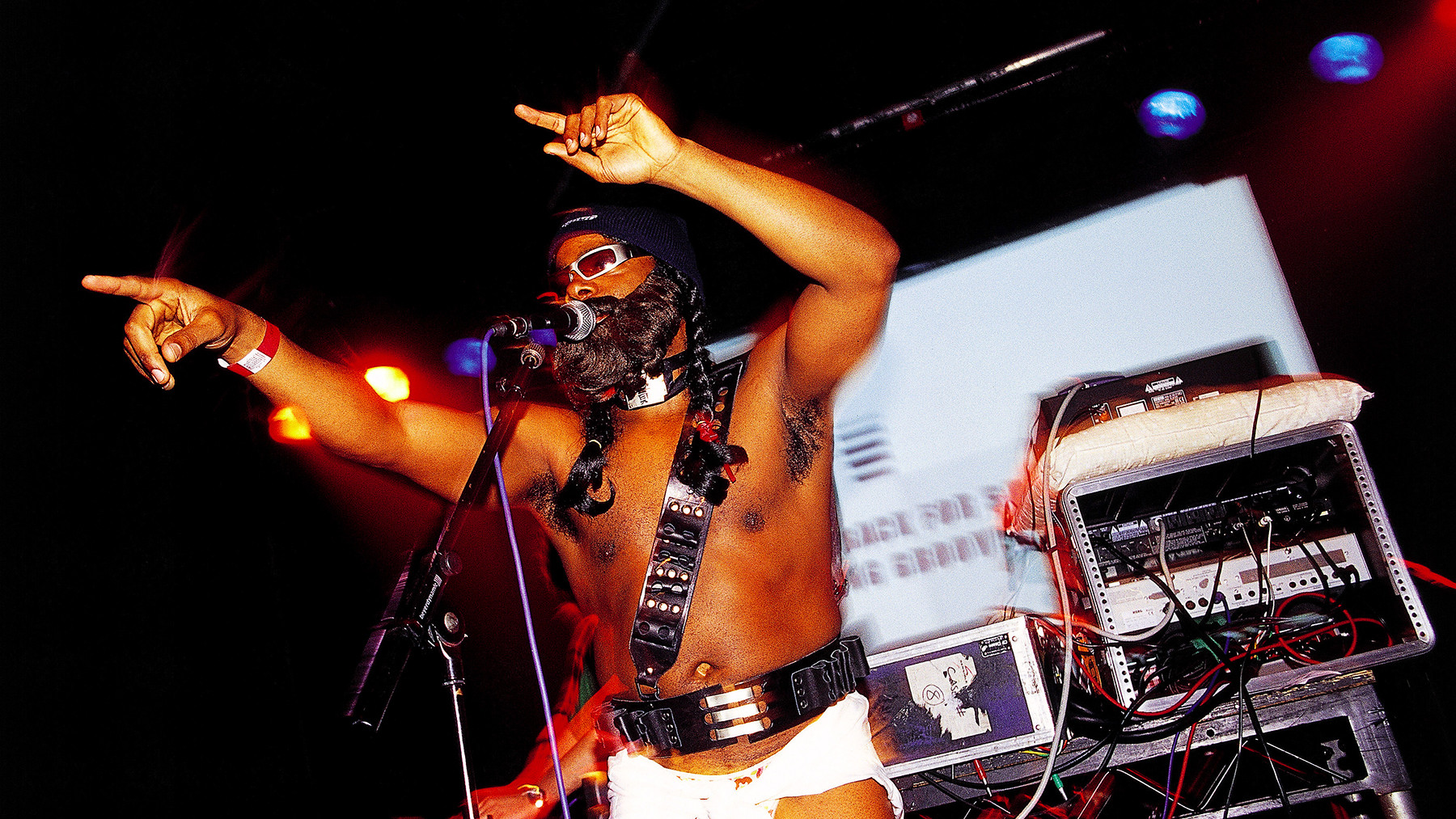 Paris the Black Fu of Detroit Grand Pubahs performing live in London, 2002. Image Credit: Jim Dyson/Getty Images
Paris the Black Fu of Detroit Grand Pubahs performing live in London, 2002. Image Credit: Jim Dyson/Getty Images
Image Credit: Jim Dyson/Getty Images
Andy Toth and Mack Goudy, known as Dr. Toefinger and Paris the Black Fu of Detroit Grand Pubahs, first connected while working at a restaurant in Royal Oak, Michigan. According to Toth, “We both liked whiskey and working on music.” One night, Toth created a bouncy, incredibly flexible electro track, and Paris instructed him to turn on the microphone. “I said ‘What you got?’ He said, ‘Don’t worry about it. Just turn the mic on.’” Within minutes, Paris spontaneously improvised suggestive lyrics about a dance-floor encounter. This became “Sandwiches,” a major pop moment in Detroit’s electro revival at the turn of the century and an instant global club hit, celebrated for its playful and provocative nature, making it a top funny dance song.
Black Box – ‘Everybody Everybody’ (1990)
Sometimes, exceptional records emerge from less-than-ideal circumstances. “Everybody Everybody” is one such example. Martha Wash of the Weather Girls was hired in 1989 to record demos for Italian house producers Groove Groove Melody, under the pretense that the songs would be presented to other singers. Instead, the tracks were released under the name Black Box, featuring Wash’s uncredited vocals. Adding insult to injury, a model was hired to lip-sync Wash’s vocals in music videos. Wash pursued legal action and won. Daniele Davoli of Black Box later expressed remorse, stating in 2013, “We didn’t know any better at the time. I guess we had to learn from our mistakes.” Despite the controversy, “Everybody Everybody” became a massive hit, known for its powerful vocals and infectious energy, securing its place as a top vocal dance song.
Big Freedia – ‘Azz Everywhere’ (2010)
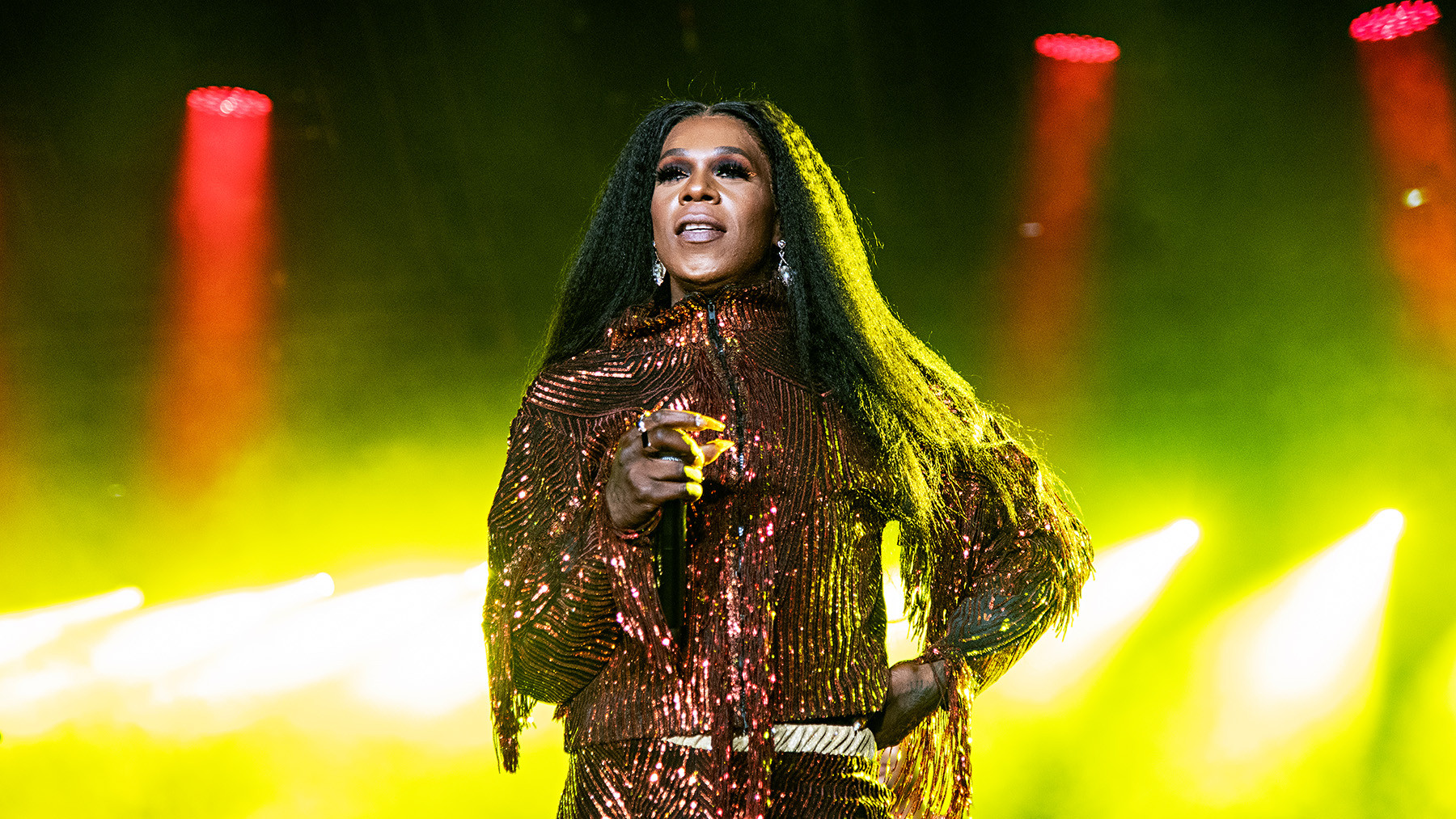 Big Freedia performing at Essence Festival, New Orleans, 2019. Image Credit: Amy Harris/Invision/AP
Big Freedia performing at Essence Festival, New Orleans, 2019. Image Credit: Amy Harris/Invision/AP
Image Credit: Amy Harris/Invision/AP
Big Freedia, speaking in 2011, described their mission: “I’ve run across half the globe now, spreading the goodness of bounce and trying to get people everywhere onto what’s been around for two decades,” referring to New Orleans’ high-energy, chaotic, and exuberant club sound – the very music for which twerking was created. “Azz Everywhere” was the track that propelled bounce music into the mainstream. It’s a frenzy of snare drums, samples, and the shouted title phrase, “Azz Everywhere!” Big Freedia added, “We hold classes on the road sometimes at performing venues and different colleges to teach about the history of bounce music. We describe it as an uptempo, heavy bass, holler-response music. And it definitely has a lot to do with azz shaking!” Its raw energy and infectious rhythm solidify “Azz Everywhere” as a top bounce dance song.
Joy Orbison – ‘Hyph Mngo’ (2009)
In the late 2000s, dubstep producers were pushing creative boundaries, resulting in a wave of innovative tracks. Joy Orbison’s debut, “Hyph Mngo,” became the defining dubstep track of 2009, capturing the scene at its peak. The bassline and shimmering synthesizers create a smooth, gliding sensation, but the ricocheting snare drum and fragmented vocal samples – a woman’s voice alternating between “Ooh!” and “I do” – imbue it with an unexpected emotional depth, rare for dubstep. This emotional quality contributed to its mainstream appeal, making “Hyph Mngo” a top emotional dance song within the dubstep genre.
ESG – ‘Moody’ (1981)
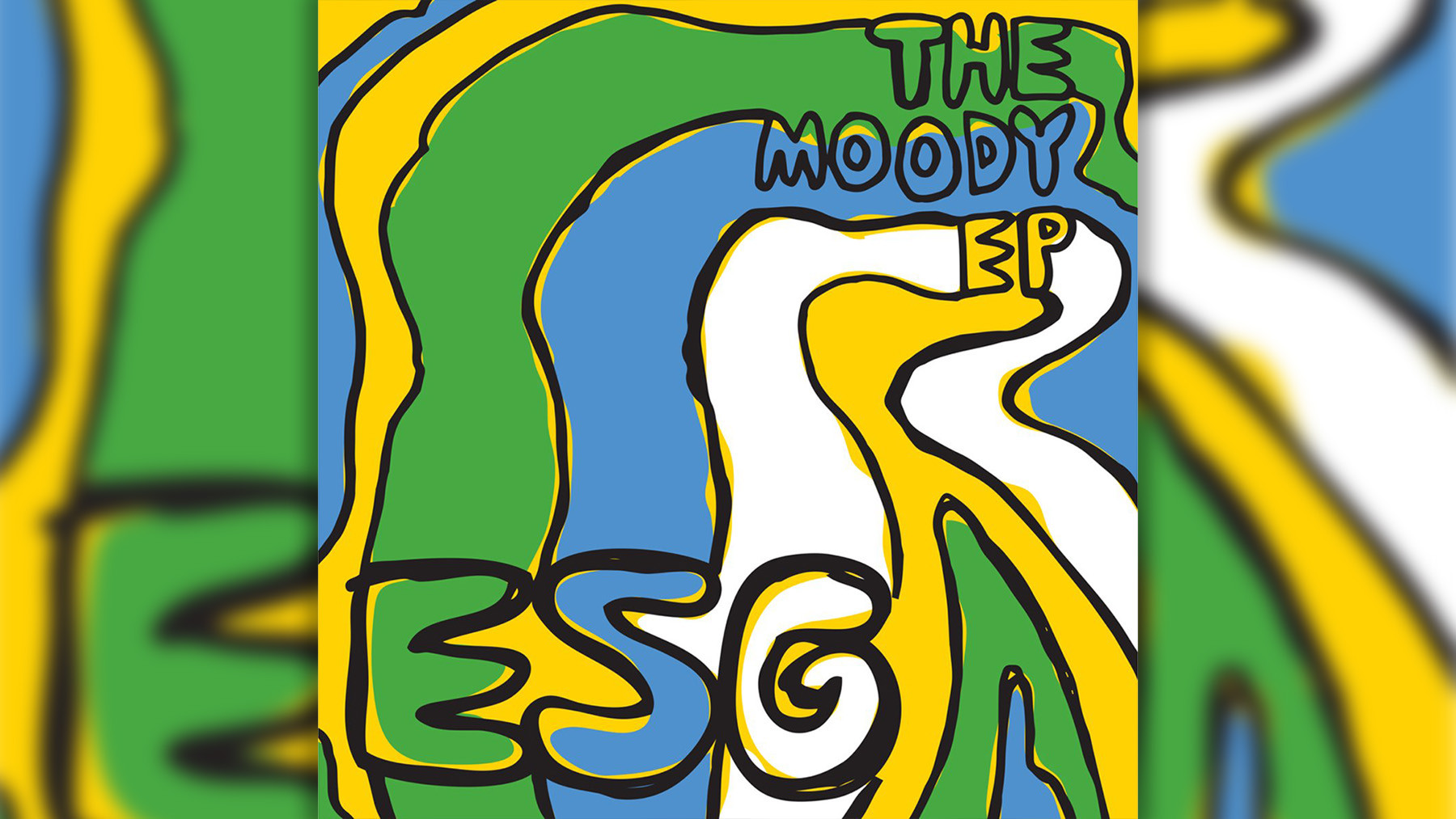 ESG performing, image shows the band ESG, known for their song Moody.
ESG performing, image shows the band ESG, known for their song Moody.
The Scroggins sisters from the South Bronx left an enduring impact on New York dance music when they formed ESG in the late 1970s. While their grooves were influenced by funk and disco, their minimalist sound and emphasis on percussion resonated with post-punk and no-wave clubs, particularly after enlisting Joy Division producer Martin Hannett for their debut EP. “Moody,” the EP’s centerpiece, remains futuristic. It’s a stealthy blend of bass, bongo drums, and Renee Scroggins’ distant vocals echoing through the rhythmic texture. Its sparse yet powerful groove earns “Moody” a spot among the top minimalist dance songs.
La Roux – ‘In for the Kill (Skream’s Let’s Get Ravey Remix)’ (2009)
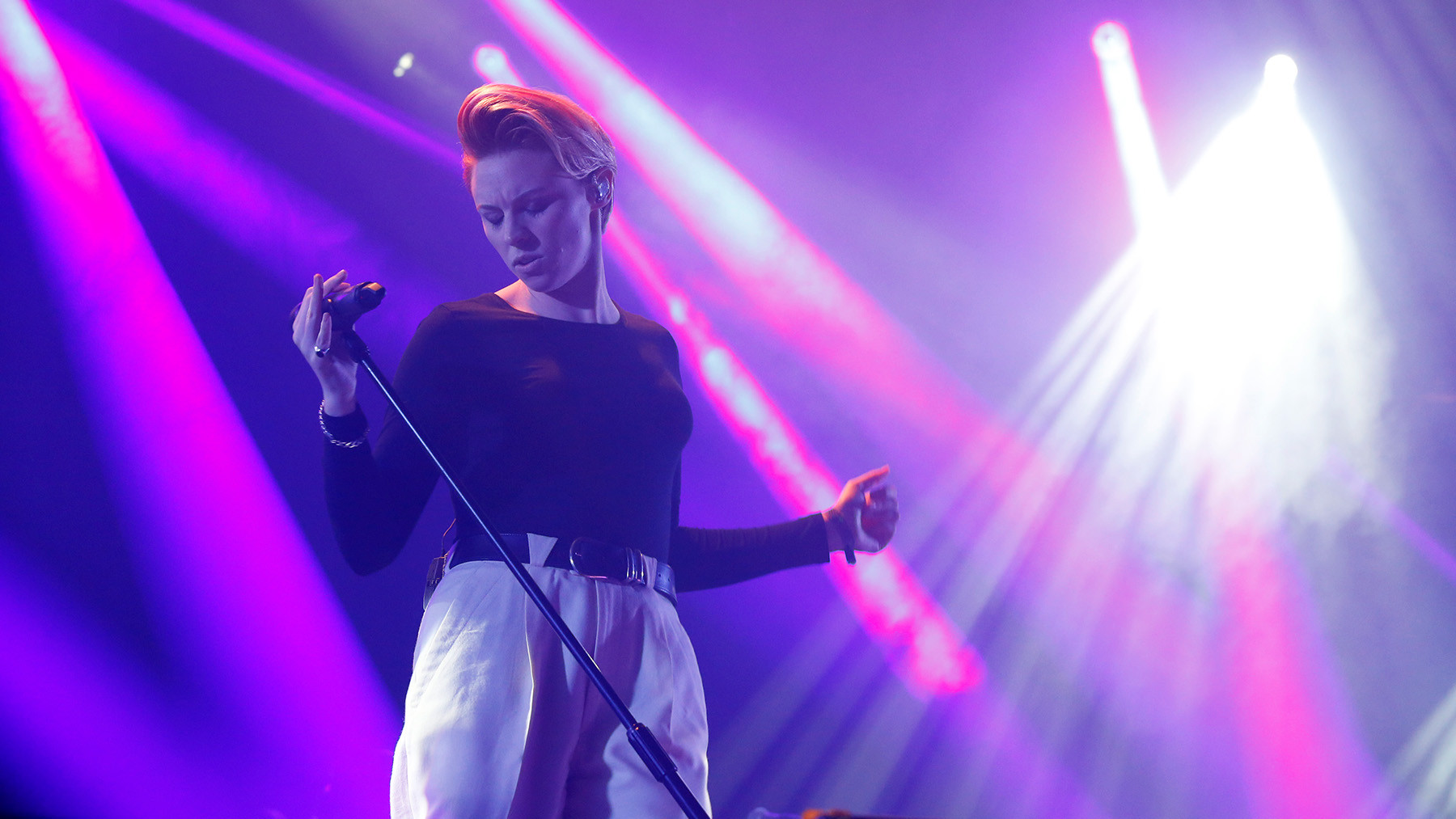 La Roux performing live. Image Credit: Jim Ross/Invision/AP
La Roux performing live. Image Credit: Jim Ross/Invision/AP
Image Credit: Jim Ross/Invision/AP
Artists sometimes have mixed feelings about remixes of their songs. However, La Roux’s Elly Jackson credited London producer Skream for not only capturing the essence of her synth-pop single “In for the Kill” in his remix but also for “regiving birth to the real meaning and atmosphere of the song as we wrote it.” Skream’s remix strips away the original’s bouncy beat (and Kanye West’s guest rap), creating an intensely tense atmosphere with flattened synths, before shattering that tension with rapid drum-and-bass breaks. Jackson remarked, “What he did with the song is what we would have done if we’d been brave enough. We wanted to make a pop record and that just isn’t a pop thing, what he did to it.” This bold remix elevated “In for the Kill” into a top remix dance song, demonstrating the transformative power of remixing.
Double 99 – ‘RIP Groove’ (1997)
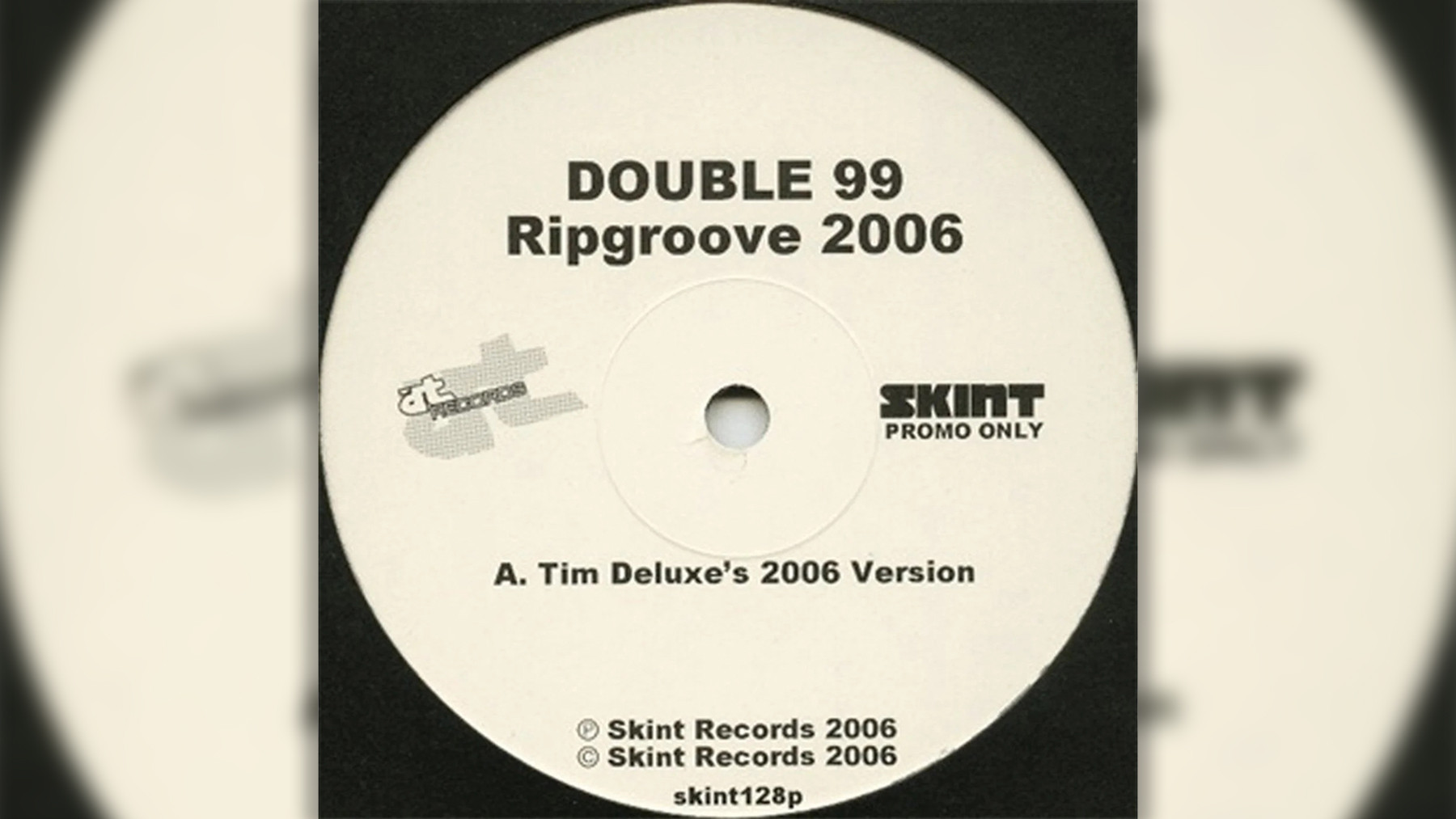 Double 99 performing, image of electronic music duo Double 99.
Double 99 performing, image of electronic music duo Double 99.
London producers Tim Deluxe and DJ Omar, who previously worked together as RIP, rebranded as Double 99 to commemorate “a double-pack vinyl EP,” according to Omar. Due to time constraints in assembling the package, Omar added, “we decided to make up track names and get the artwork done before the tracks had actually been made.” “RIP Groove,” titled as a tribute to their earlier moniker, ingeniously samples Armand Van Helden’s remix of CJ Bolland’s “Sugar Is Sweeter,” along with Kenny Dope and singer Tina Moore. Created in just three hours, it became a defining track of 1997, propelling UK garage (then called “speed garage”) into the pop charts and announcing a fresh sound. Its catchy samples and driving beat make “RIP Groove” a top UK garage dance song.
Snap! – ‘The Power’ (1990)
“The Power” exemplifies a classic dance-music archetype. Two German producers sampled an American rapper (Chill Rob G of Queen Latifah’s Flavor Unit) and an American R&B diva (Jocelyn Brown) to create a club hit. Major label Arista picked it up and rerecorded it with a new vocalist (Turbo B, an American G.I. stationed in Germany). Subsequently, the originally sampled rapper rerecorded that version under the name Power Jam feat. Chill Rob G. Both versions became club hits, but “The Power” transcended genre to become a Europop blueprint. As Snap!’s Michael Muenzing explained in 1994, “Now you have 50 or 60 groups singing this way — rapping, singing the chorus, and going back to the rap.” Its iconic sample and high-energy delivery cement “The Power” as a top 90s dance anthem.
DJ Frosty feat. Fatman Scoop, DJ Webstar, Young B. & Smooth – ‘Ride That Wave (Remix)’ (2010)
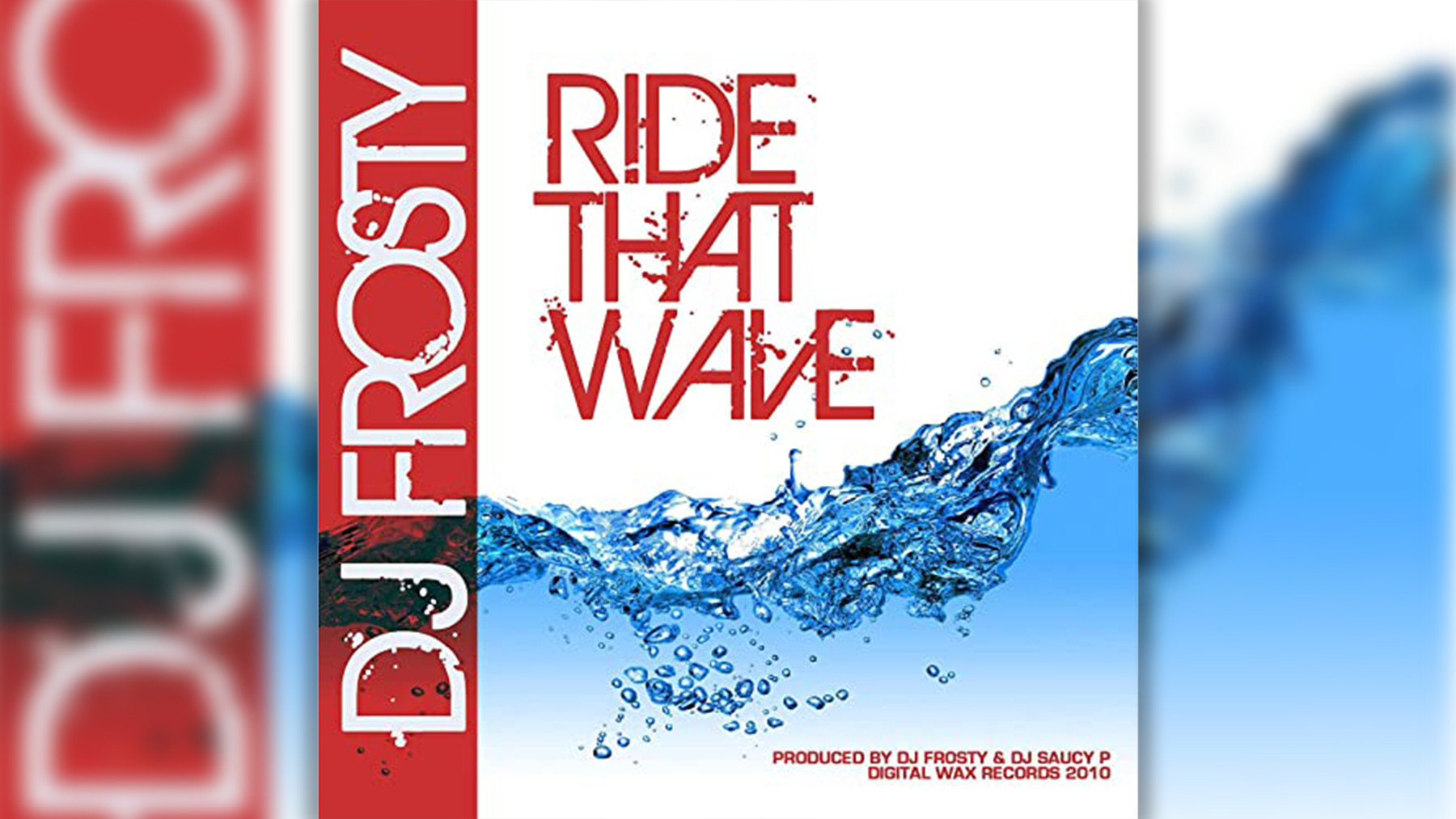 DJ Frosty performing, image of DJ Frosty at a turntable.
DJ Frosty performing, image of DJ Frosty at a turntable.
Jersey club, originating in Newark, New Jersey (initially called Brick City club), is characterized by sharp, syncopated rhythms, clipped vocal samples, and a vibe that’s energetic yet never aggressive, reminiscent of classic hip-house in its dynamism. DJ Frosty’s “Ride That Wave” perfectly embodies these elements. It’s an irresistibly catchy, chant-along track that emerged as the sound was gaining traction with EDM producers globally. This contributed to Jersey club’s influence, eventually reaching mainstream artists like Drake on Honestly, Nevermind. The remix features artists like Fatman Scoop, known for his 90s hip-hop cut-ups, further solidifying its club credentials. Its infectious chants and driving rhythm make “Ride That Wave” a top Jersey club dance song.
Todd Terje – “Inspector Norse” (2012)
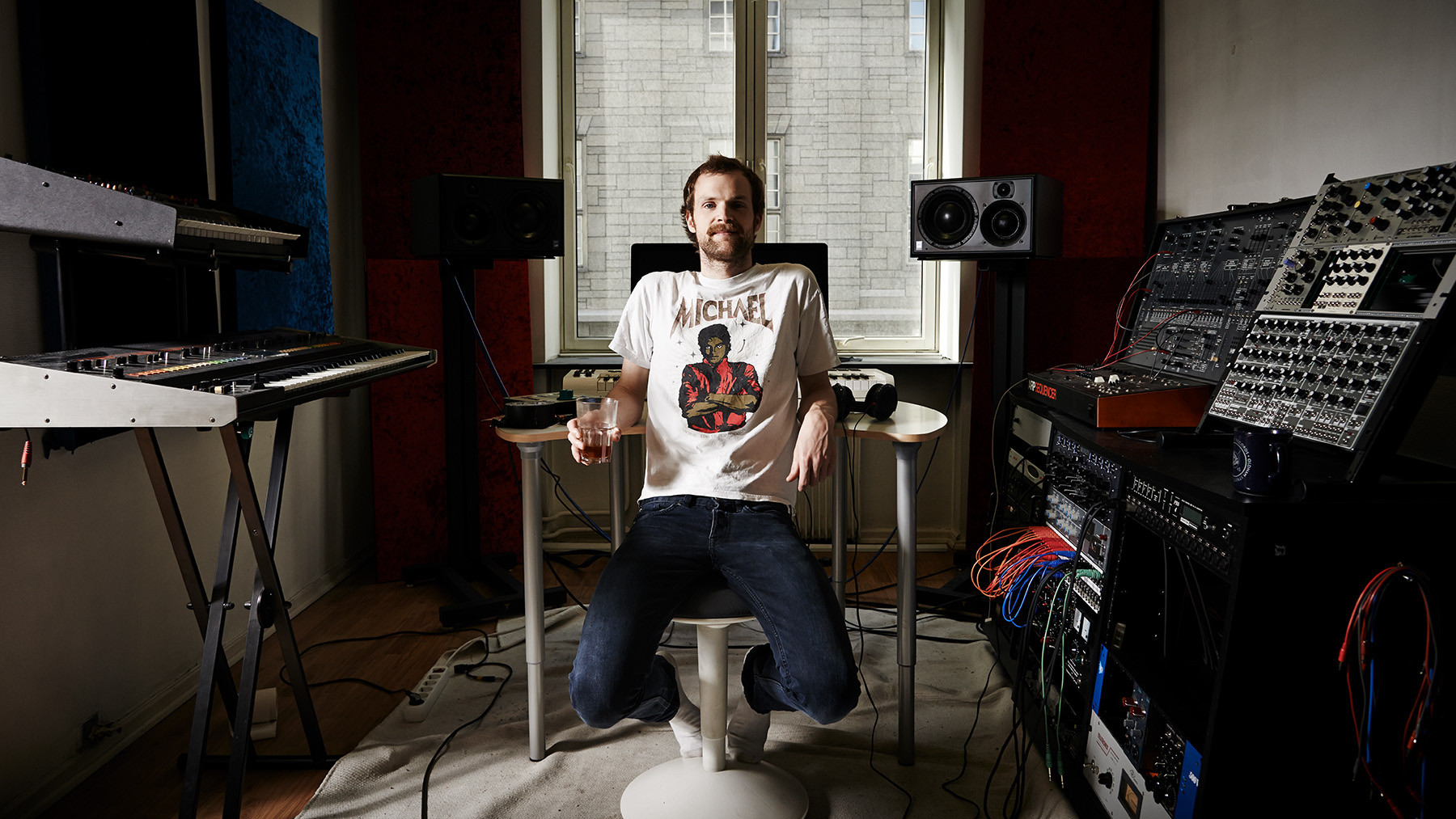 Todd Terje performing, image of Norwegian DJ and producer Todd Terje. Image Credit: Future via Getty Images
Todd Terje performing, image of Norwegian DJ and producer Todd Terje. Image Credit: Future via Getty Images
Image Credit: Future via Getty Images
Norwegian nu-disco producer Todd Terje didn’t anticipate the widespread popularity of “Inspector Norse.” Created entirely with sounds from a vintage ARP synthesizer for his It’s the Arps EP, he expected it to appeal primarily to DJs due to its danceable beat. However, the track’s quirky melody proved irresistible. Terje admitted, “I thought it was going to go well with the DJs, as I’d tried it out and it had a danceable beat, but I never thought I’d hear people singing along to the melodies. It really helped me as a DJ in terms of popularity.” Its unique, playful melody and groovy rhythm make “Inspector Norse” a top nu-disco dance song.
The Rapture – ‘House of Jealous Lovers’ (2002)
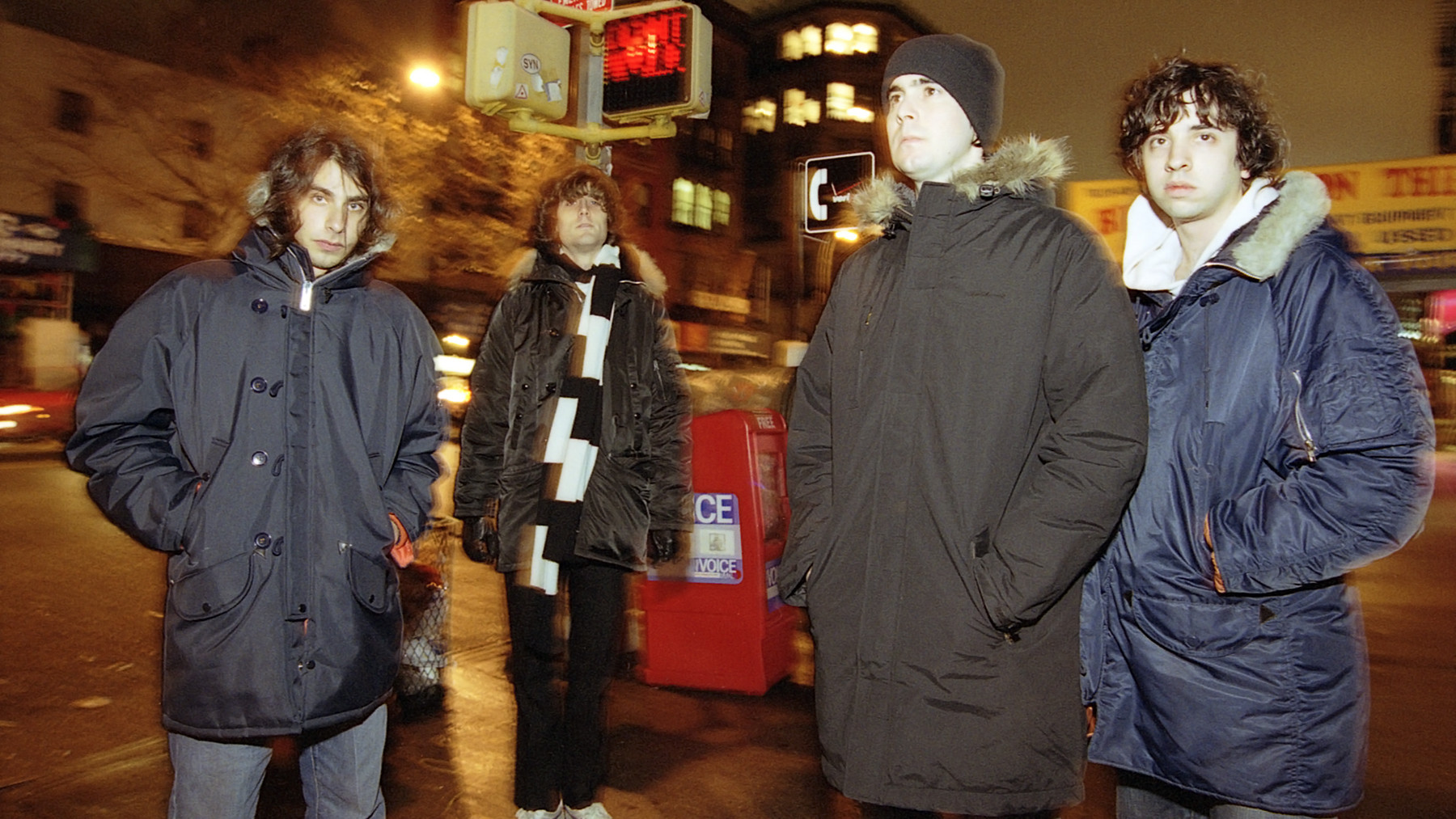 The Rapture performing at Bowery Ballroom NYC, 2002. Image Credit: David Corio/Redferns
The Rapture performing at Bowery Ballroom NYC, 2002. Image Credit: David Corio/Redferns
Image Credit: Redferns
James Murphy, co-producer of “House of Jealous Lovers” and founder of DFA Records, told Spin, “Most people now have no memory of how absolutely sacrilegious it was at the time. We wanted to make a rock track that could compete with dance music. We obsessed over it.” The Rapture’s debut single combined abrasive Gang of Four-esque guitar riffs and manic shout-along vocals with a powerful beat and deep bass, designed to be undeniable for dance DJs. It succeeded, becoming the pinnacle of the early-2000s “dance-punk” movement. Suddenly, New York bands sounded like they were from 1979 Manchester or Leeds, and indie bars across the city featured DJ booths and turntables. Its raw energy and genre-bending sound make “House of Jealous Lovers” a top dance-punk song.
TNGHT – ‘Higher Ground’ (2012)
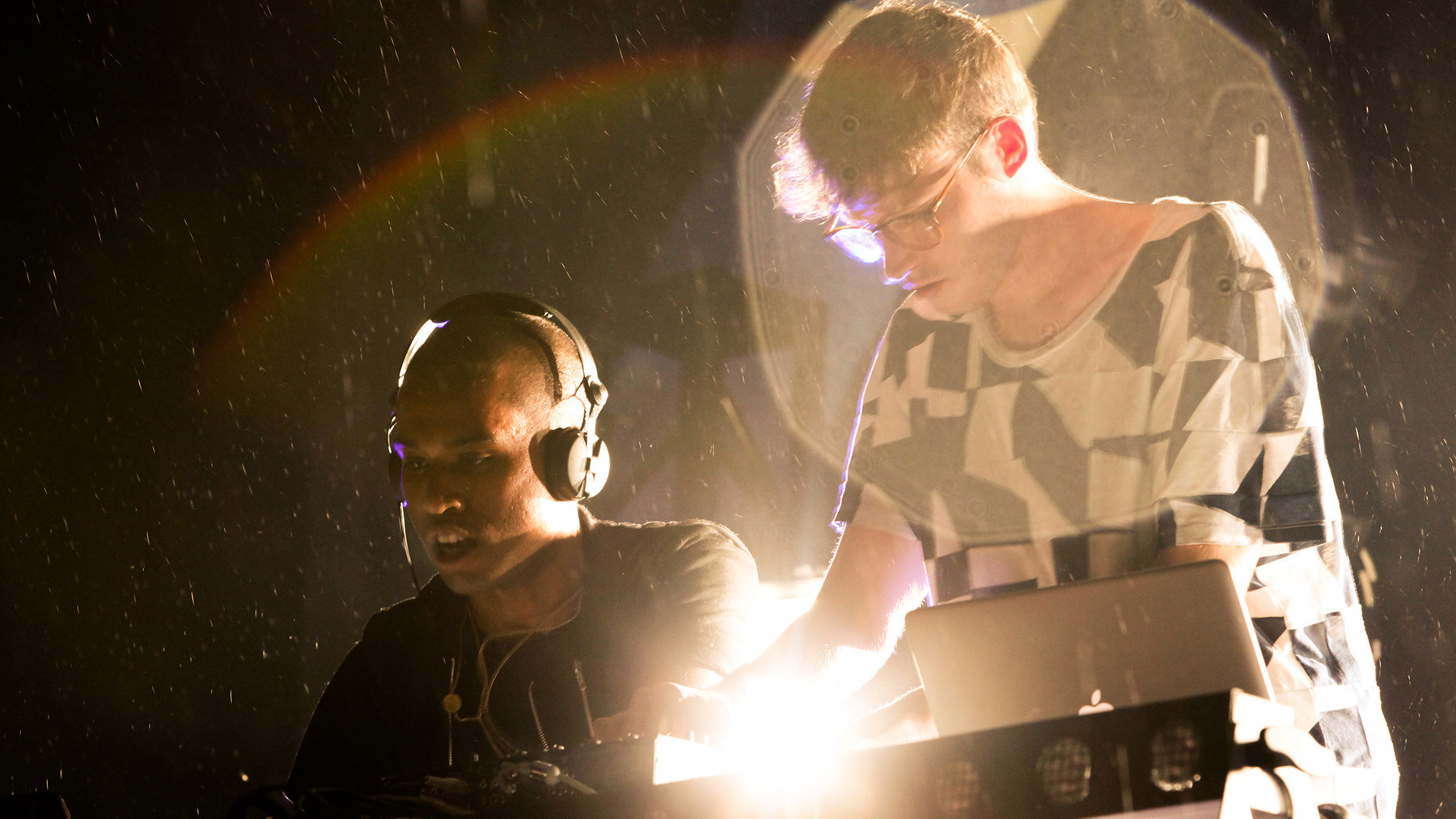 TNGHT performing, image of electronic music duo TNGHT. Image Credit: Getty Images
TNGHT performing, image of electronic music duo TNGHT. Image Credit: Getty Images
Image Credit: Getty Images
Hudson Mohawke described the 2012 EP he created with Lunice as TNGHT: “The first time around was our take on big American rap beats, with a little bit of cheekiness to it.” This five-song EP propelled both artists to the forefront of EDM, thanks to its playful, dancefloor-oriented take on trap music. “Higher Ground,” a majestic and powerful track, is both cavernous and intricate. Within a year, Kanye West enlisted TNGHT to produce “Blood on the Leaves” from Yeezus. Its powerful trap beat and innovative sound design make “Higher Ground” a top trap dance song.
Roni Size and Reprazent – ‘Brown Paper Bag’ (1997)
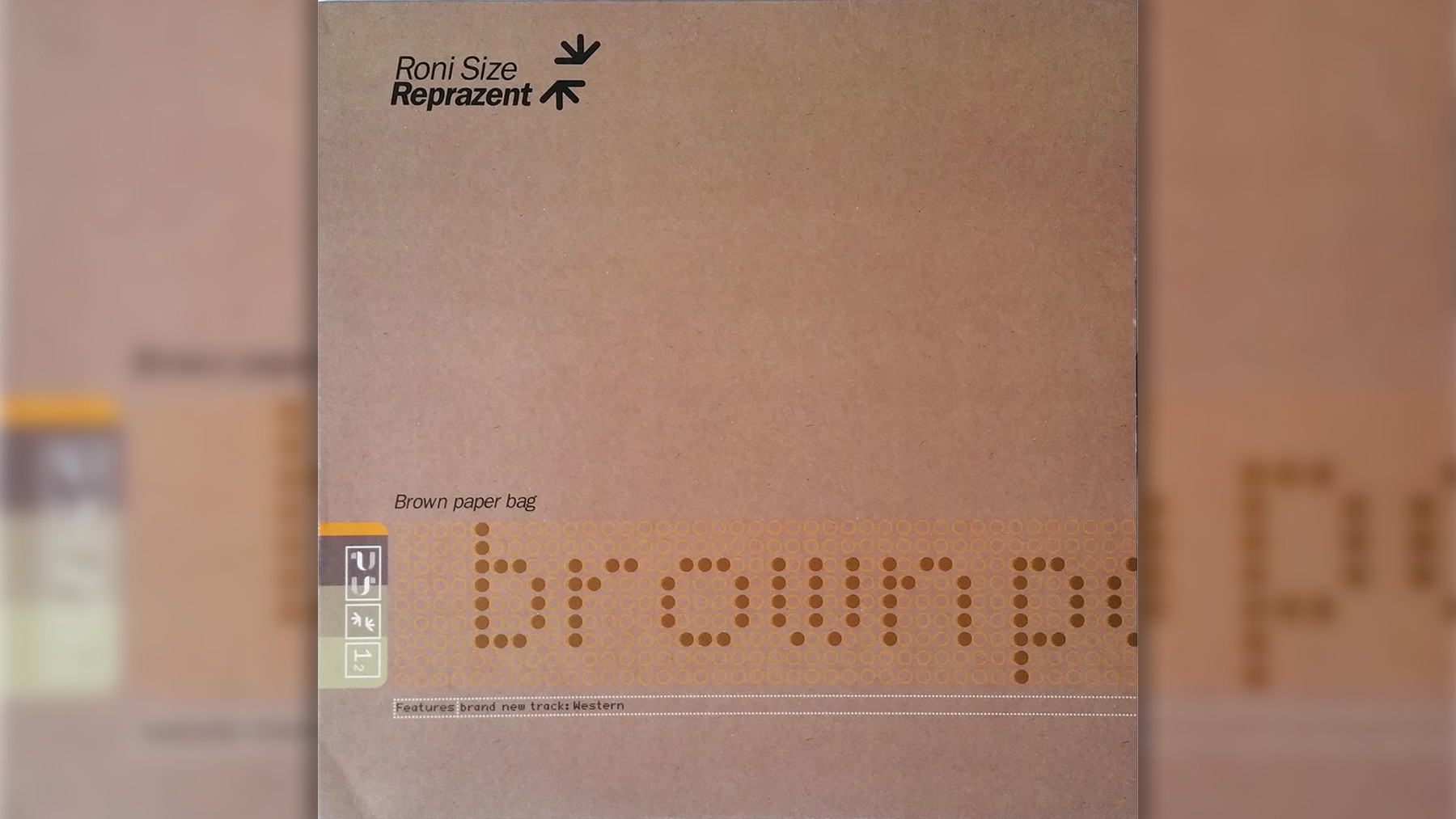 Roni Size Reprazent performing Brown Paper Bag, image of Roni Size and Reprazent.
Roni Size Reprazent performing Brown Paper Bag, image of Roni Size and Reprazent.
In the late 90s, drum and bass was becoming increasingly fragmented and distancing itself from its dancehall and hip-hop roots. Bristol, England’s Roni Size and Reprazent successfully created drum and bass that was both experimental and expansive, while maintaining its Black music origins. They fused frantic beats with warm, organic jazz-funk influences. Roni Size noted in a 2018 interview about their biggest track, “Brown Paper Bag,” the double-bass driven highlight from their 1997 album New Forms, “It’s funny how ‘Brown Paper Bag’ split people. They heard the jazz, how it sounded different from everything else, and they saw this other audience that loved it.” Its fusion of jazz and drum and bass makes “Brown Paper Bag” a top genre-bending dance song.
Soul II Soul – ‘Back to Life (However Do You Want Me)’ (1989)
Led by DJ-producer Jazzie B and co-producer Nellee Hooper for their first two albums, Soul II Soul began as a London sound system specializing in reggae and soul. When they started recording in the late 80s, their smooth grooves seamlessly blended both genres with effortless grace. Initially, their tracks were intended solely for Soul II Soul’s parties. Jazzie B explained, “It was literally for our sound [system] at the beginning. We weren’t really interested in what anybody else was doing.” However, everyone became interested in them. “Back to Life” reached Number One on the Billboard R&B chart and Top Five on the Hot 100. Its smooth grooves and soulful vocals make “Back to Life” a top soul-infused dance song.
Felix da Housecat – ‘Silver Screen Shower Scene’ (2001)
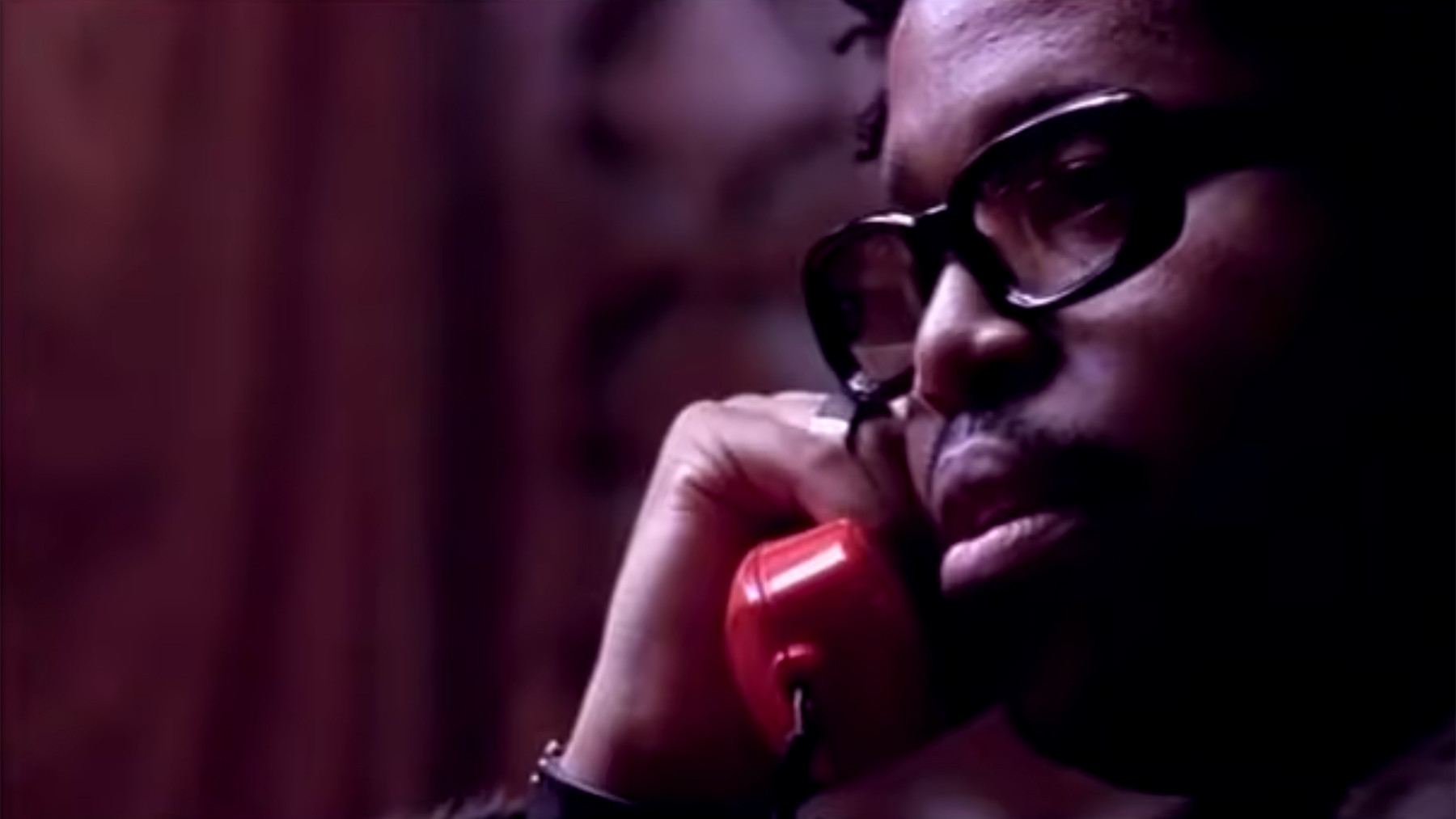 Felix Da Housecat performing, image of DJ and producer Felix da Housecat.
Felix Da Housecat performing, image of DJ and producer Felix da Housecat.
Felix Stallings Jr., aka Felix da Housecat, is a Chicago house veteran. He co-created the acid house classic “Fantasy Girl” as Pierre’s Pfantasy Club with DJ Pierre in 1987 while still in high school. His career went global with the 2000 album Kittenz and Thee Glitz. This project involved international collaborators, including Junior Sanchez, Tommie Sunshine, and Parisian vocalists Miss Kittin and Melistar, creating a concept album exploring celebrity and artifice. “Silver Screen Shower Scene” became an instant anthem. Its celebrity-mocking lyrics and music seemed to define the electroclash era. Jacques Lu Cont’s “Thin White Duke Remix” became even more popular with DJs. Its electroclash sound and satirical lyrics make “Silver Screen Shower Scene” a top electroclash dance song.
Dntel feat. Ben Gibbard – ‘(This Is) The Dream of Evan and Chan (Superpitcher Kompakt Remix)’ (2001)
In 2000, Death Cab for Cutie’s Ben Gibbard had “a weird dream … involving [Lemonheads frontman] Evan Dando and Chan Marshall,” aka Cat Power: “It was completely G-rated, not one of those inappropriate dreams, but it was bizarre – you know, in the same way you dream that you’re in your house but it’s not your house, your friend is there but he’s a merman.” He transformed it into a song, collaborating with Dntel (Jimmy Tamborello) before their Postal Service project. Dntel set Gibbard’s vocals to skittering beats and buzzing synths. However, the Superpitcher remix, from the German Kompakt label, added hazy synth layers and echoing bells, truly capturing the dreamlike atmosphere hinted at in the lyrics. This remix elevated the song to a top ambient dance song with its dreamy soundscape.
Patrick Cowley feat. Sylvester – ‘Do Ya Wanna Funk?’ (1982)
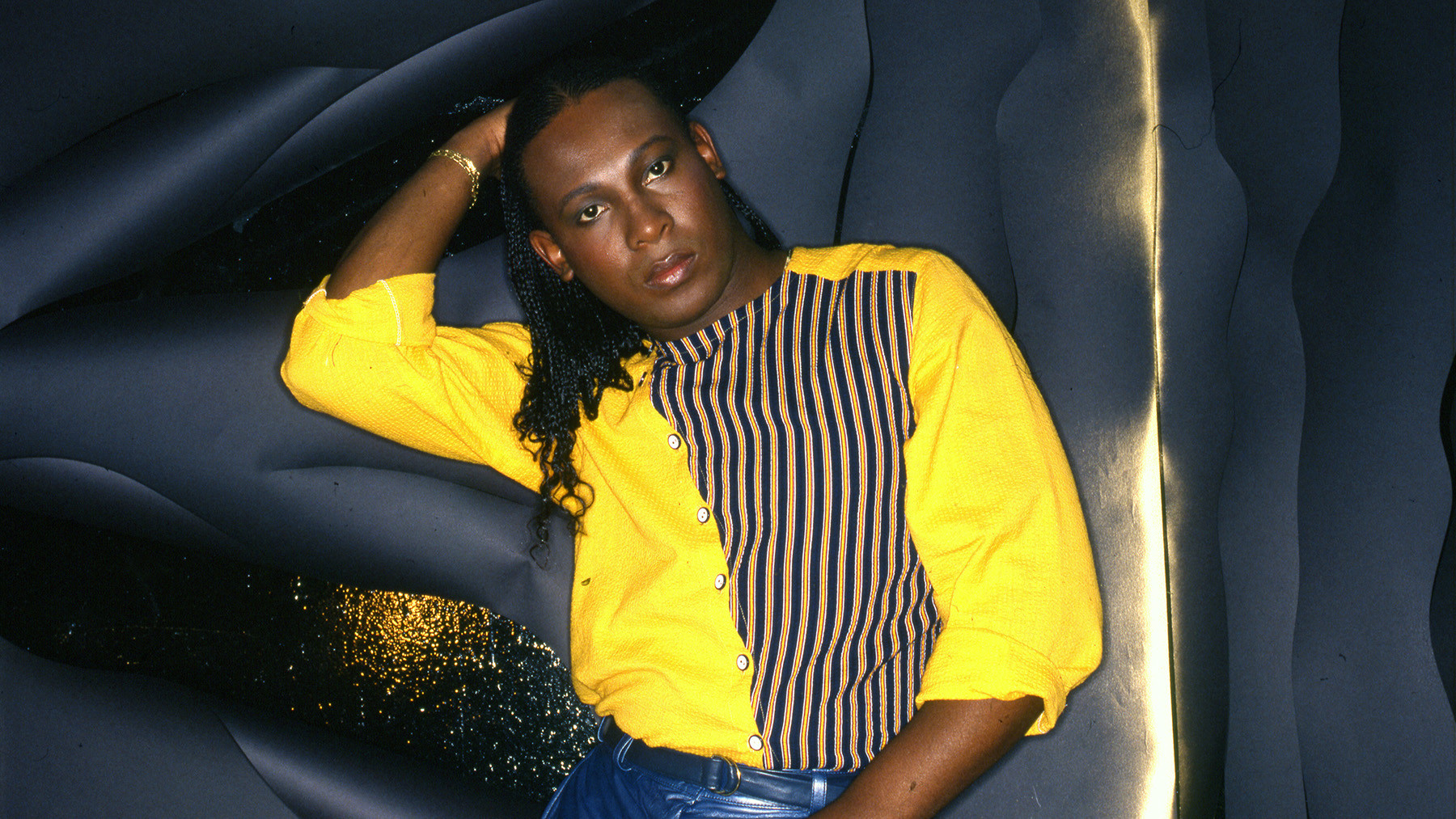 Sylvester performing, portrait of disco singer Sylvester James. Image Credit: Anthony Barboza/Getty Images
Sylvester performing, portrait of disco singer Sylvester James. Image Credit: Anthony Barboza/Getty Images
Image Credit: Getty Images
Patrick Cowley, a synth virtuoso, pioneered Hi-NRG, a staple in gay clubs, through his work with Sylvester and his extended, 16-minute rendition of Donna Summer’s “I Feel Love.” Cowley fell ill in November 1981 and passed away a year later at 32, just months after “AIDS” became the official term. During his final months, Cowley worked from his studio, propped up by pillows, to complete his vibrant, synthetic grooves. “Do Ya Wanna Funk” remains a landmark – with soaring synth riffs and Sylvester’s stratospheric falsetto. It also featured in the movie Trading Places. Its high-energy and iconic status make “Do Ya Wanna Funk” a top Hi-NRG dance song.
Funkadelic – ‘One Nation Under a Groove’ (1978)
![]() Funkadelic performing, image of the funk band Funkadelic. Image Credit: Redferns
Funkadelic performing, image of the funk band Funkadelic. Image Credit: Redferns
Image Credit: Redferns
“One Nation Under a Groove,” arguably the greatest funk track featuring a banjo, possesses an instantly captivating groove that propelled it to the top of the R&B singles chart for six weeks in 1978. George Clinton assigned the song to the guitar-heavy Funkadelic (as opposed to the horn-driven Parliament) to give it more weight. “Parliament is smashing,” he explained. “But Funkadelic is the movement.” Its infectious groove and funky energy secure “One Nation Under a Groove” as a top funk dance song.
Evelyn Thomas – ‘High Energy’ (1984)
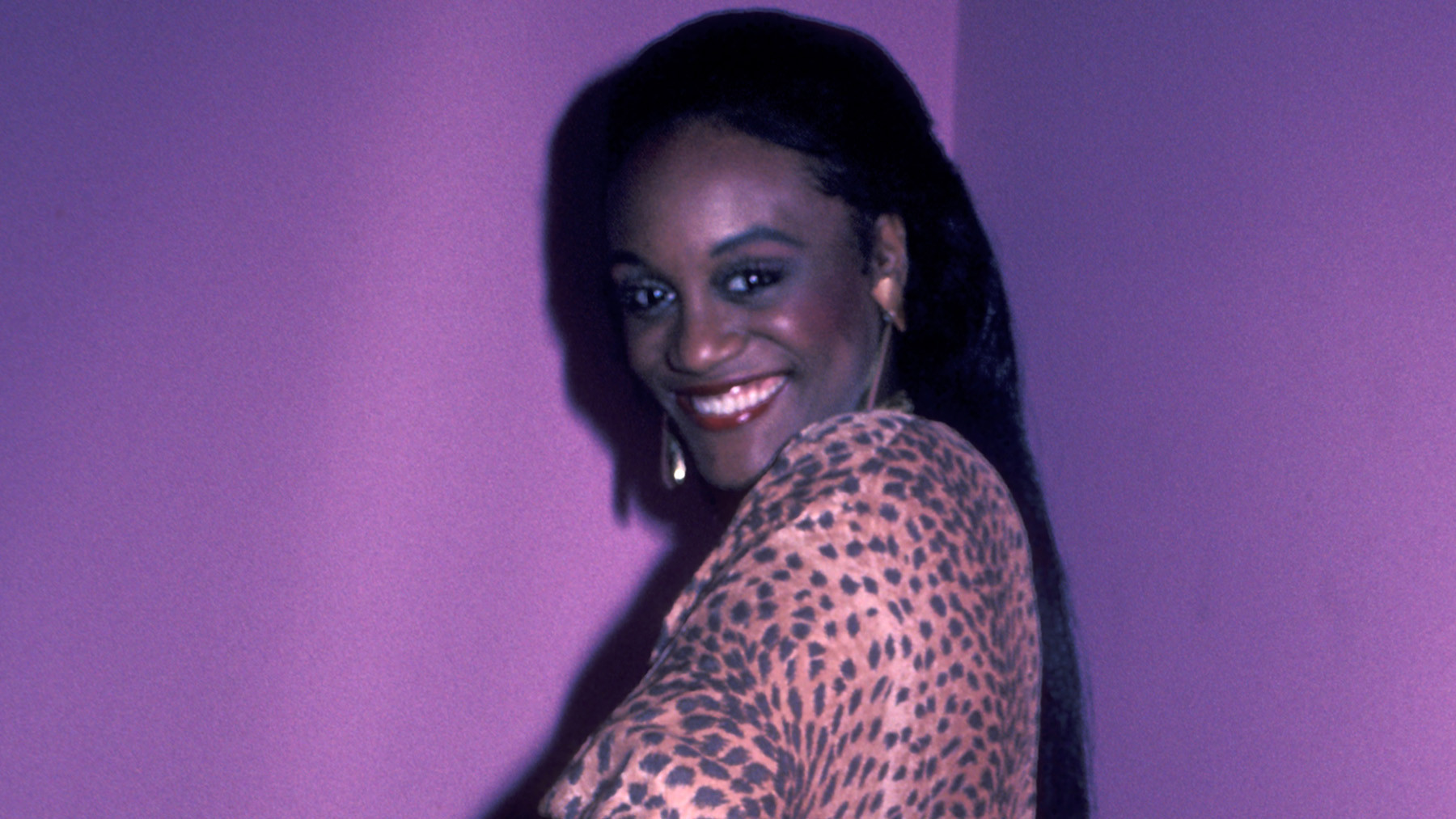 Evelyn Thomas at Limelight Disco, NYC, 1984. Image Credit: Ron Galella Collection via Getty
Evelyn Thomas at Limelight Disco, NYC, 1984. Image Credit: Ron Galella Collection via Getty
Image Credit: Ron Galella Collection via Getty
Released in April 1984, “High Energy” gave the synth-heavy gay club genre Hi-NRG its name. However, it wasn’t the first of its kind, even for its creators. Chicago singer Evelyn Thomas was signed to Pye Records in the mid-70s by Manchester producer Ian Levine, a former Northern Soul DJ who transitioned to disco, especially as synths became prominent. Smash Hits noted Levine “straddle[ed] both gay disco and old Motown — the two main Hi-NRG ingredients.” “High Energy,” brash, cheerful, and irresistibly cheesy, reached the UK Top Five. DJ-producer Black Madonna (now the Blessed Madonna) showcased its enduring appeal on her Bunker Podcast. Its energetic and cheesy vibe makes “High Energy” a top cheesy dance song, and of course, a top Hi-NRG song.
Daft Punk feat. Pharrell Williams and Nile Rodgers – ‘Get Lucky’ (2013)
When Pharrell Williams first met Daft Punk at a Madonna party, he expressed his desire to collaborate, saying, “If you just want me to play a tambourine, I’ll do it.” When they met in Paris, Williams expressed his admiration for Nile Rodgers. The robots played him a track they had recorded with Rodgers. Williams recorded his smooth vocals during that visit, enthusing, “You don’t need MDMA for this music, because it’s so incredibly vivid.” Its smooth vocals and funky disco groove make “Get Lucky” a top feel-good dance song.
Mat Zo and Porter Robinson – ‘Easy’ (2013)
 Porter Robinson and Mat Zo performing Easy, image of DJs Porter Robinson and Mat Zo.
Porter Robinson and Mat Zo performing Easy, image of DJs Porter Robinson and Mat Zo.
Porter Robinson described “Easy,” his collaboration with Mat Zo, as “‘Easy’ in my mind is an homage to Daft Punk’s Discovery. It takes the disco chords of all of the early French stuff and gives it a louder, more trance-inspired feel.” It’s a masterful update, both dazzling and classic. The central synth line evokes both a Theremin and a Moog, and the sampled vocal from Colourblind’s garage classic “Nothing Better” carries a poignant emotion absent from much stadium EDM of that era. Its blend of disco, trance, and emotional depth makes “Easy” a top EDM dance song.
Justice vs. Simian – “We Are Your Friends” (2006)
Image Credit: FilmMagic
In 2003, Parisian musicians Gaspard Augé and Xavier de Rosnay (Justice) entered a remix contest for British rockers Simian’s “Never Be Alone.” De Rosnay told The New York Times, “You could download the separate tracks: guitar, drums, and other things. But we were working without music software: just a sampler, a sequencer, and a synthesizer. So we downloaded just the voice on the chorus, because there was not space enough for more than eight seconds of sound on our sampler.” The result was a jagged, blaring track that bridged electroclash and EDM. Retitled “We Are Your Friends,” it became a hit in 2006, launching Justice’s career and prompting Simian to reinvent themselves as the dance act Simian Mobile Disco. Its energetic and genre-bridging sound make “We Are Your Friends” a top electro-house dance song.
Martin Garrix – ‘Animals’ (2013)
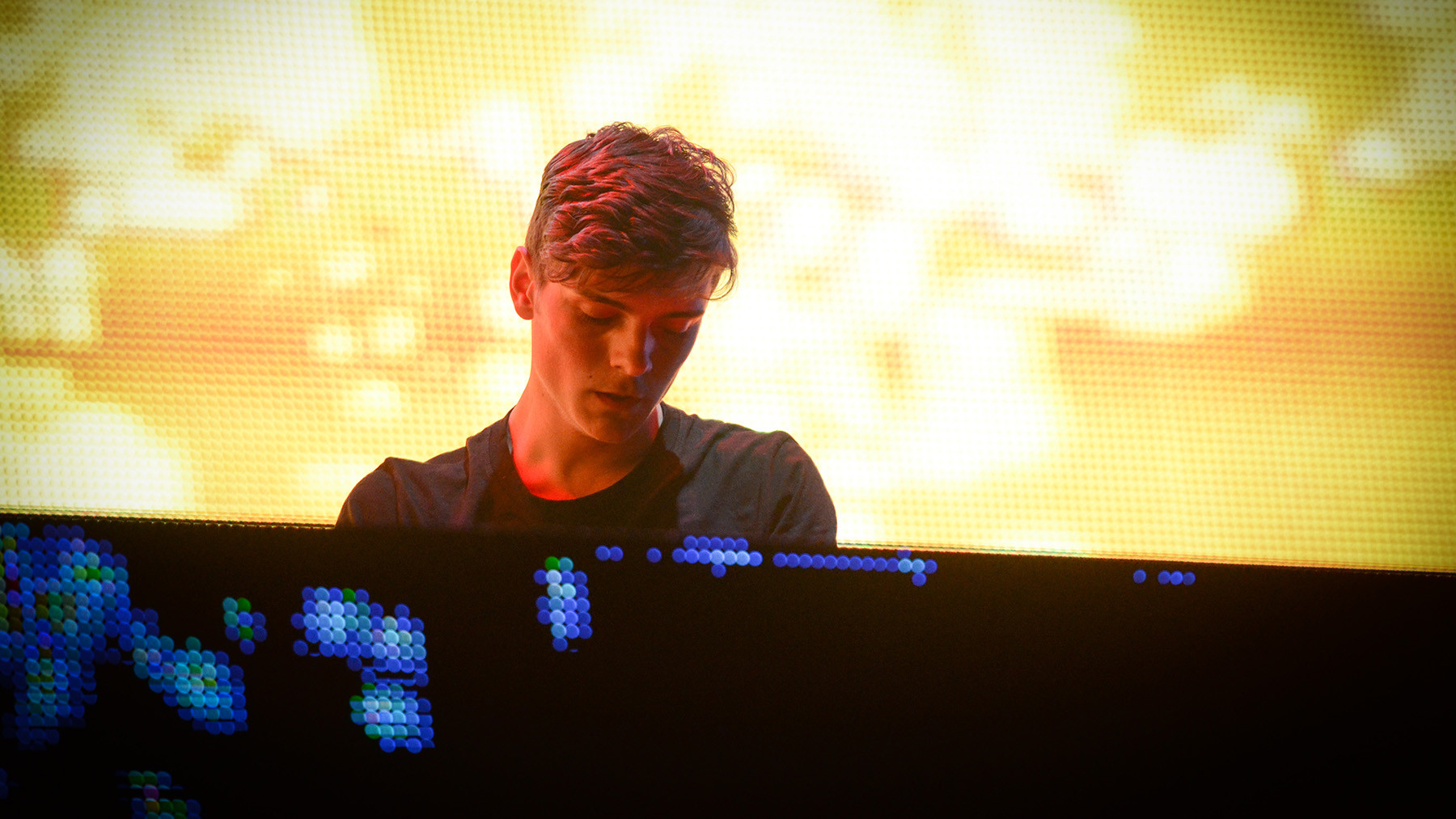 Martin Garrix performing at Coachella, 2014. Image Credit: Scott Roth/Invision/AP
Martin Garrix performing at Coachella, 2014. Image Credit: Scott Roth/Invision/AP
Image Credit: Scott Roth/Invision/AP
Dance music often feels like a young person’s domain, and the early 2010s EDM boom exemplified this. “Animals,” built around a catchy synth riff so memorable people chanted along to it (despite no lyrics), was released when Dutch producer Martin Garrix was only 18. It became an instant global hit. This success led to skepticism. Garrix later said, “At first, people in the industry assumed I didn’t make my own shit. So I would do livestreams and production tutorials on the internet to get rid of that stigma.” Its catchy synth riff and high energy make “Animals” a top big-room EDM dance song.
Debbie Deb – ‘Lookout Weekend’ (1984)
Miami production pioneer Pretty Tony claimed to have coined the term “freestyle music” in 2015, stating, “As far as I know, I coined the phrase. I hadn’t heard anybody call it freestyle music prior to me coming up with the name of the group Freestyle.” His airy, upbeat tracks bridged the gap between KC and the Sunshine Band and 2 Live Crew in Miami’s music scene. “Lookout Weekend,” his second single with Debbie Weshoff Lopez, whom he recruited from a record shop, represents freestyle at its peak. Like its predecessor, “When I Hear Music,” “Weekend” achieved triple platinum status. Tony responded to this success by saying, “I bought me a Porsche. As a matter of fact, two Porsches.” Its breezy and upbeat freestyle sound makes “Lookout Weekend” a top freestyle dance song.
Tate Kobang – ‘Bank Rolls’ (2015)
 Tate Kobang performing at Youtube Music Showcase, Austin, TX, 2016. Image Credit: Thomas M Jackson/Redferns
Tate Kobang performing at Youtube Music Showcase, Austin, TX, 2016. Image Credit: Thomas M Jackson/Redferns
Image Credit: Redferns
Rapper Tate Kobang’s “Bank Rolls (Remix),” built around a sample of Tim Trees’ Baltimore club track “Bank Roll,” is a modern tribute to Baltimore, its people, resilience, and energy. In his final verse, he shouts out K-Swift, the legendary DJ who popularized Baltimore club music before her untimely death in 2008. Kobang said of K-Swift, “She was just one of those bodies in our culture that was like, ‘She ain’t never going anywhere.’” Like K-Swift’s work, “Bank Rolls (Remix)” introduced a new audience to the Baltimore underground sound. Its Baltimore club beat and energetic rap make “Bank Rolls” a top Baltimore club dance song.
Soft Cell – ‘Tainted Love/Where Did Our Love Go?’ (1981)
Marc Almond of Soft Cell explained in 1981 that he and partner David Ball “both like Northern soul, Sixties music, and the 12-inch record.” They combined these influences into their hit “Tainted Love,” a synth-pop version of the Gloria Jones R&B song. For the extended version, they merged it with The Supremes’ “Where Did Our Love Go?”. Almond said, “It was originally just going to include a few bars of ‘Where Did Our Love Go?’ but we like the way it turned out and included the whole song.” This nine-minute medley, a New Wave disco encapsulation, has captivated dance floors ever since. Its New Wave disco sound and iconic medley structure make “Tainted Love/Where Did Our Love Go?” a top New Wave dance song.
The Orb – ‘Little Fluffy Clouds’ (1990)
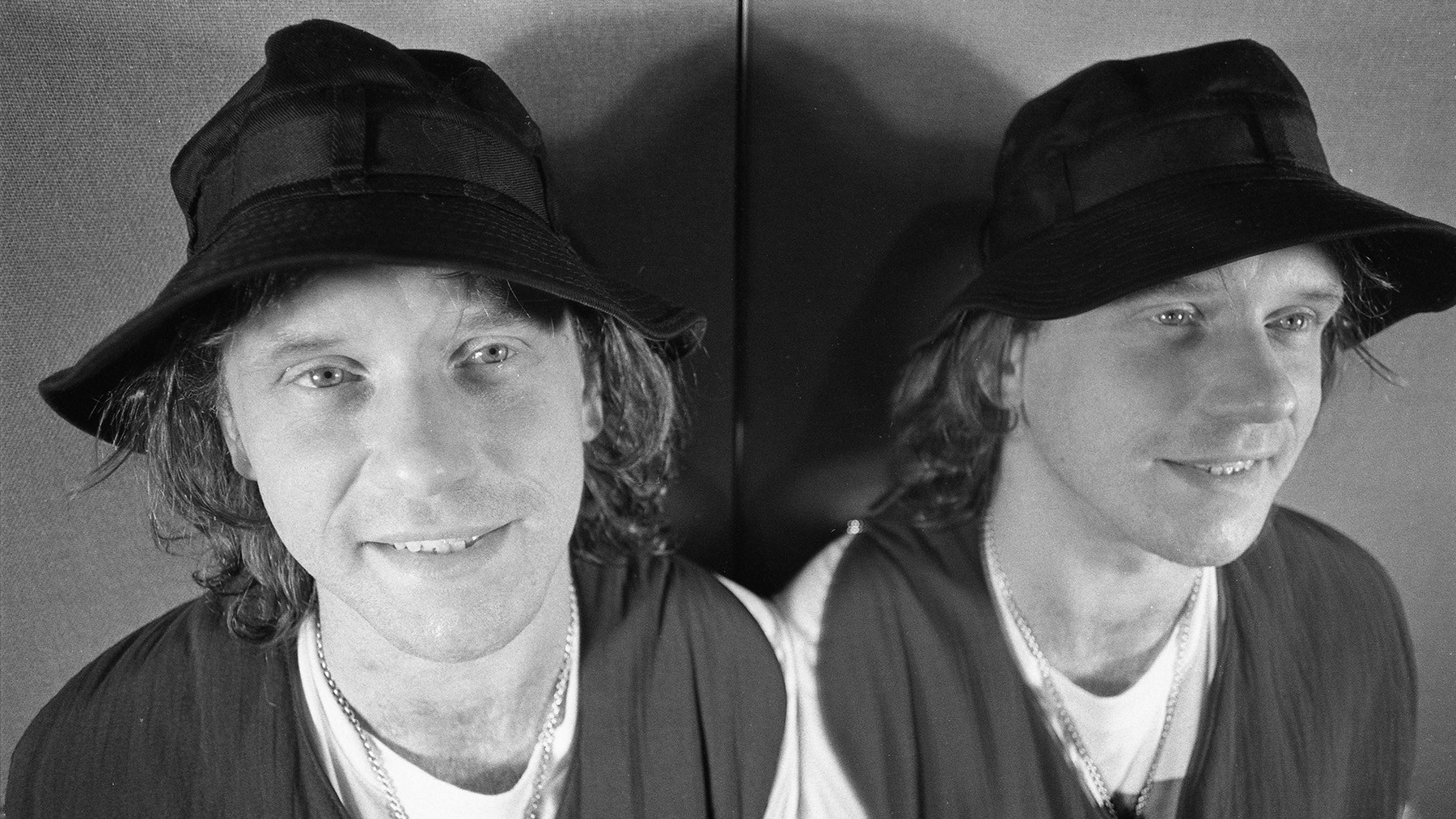 Alex Paterson of The Orb, portrait, London, 1991. Image Credit: Martyn Goodacre/Getty Images
Alex Paterson of The Orb, portrait, London, 1991. Image Credit: Martyn Goodacre/Getty Images
Image Credit: Getty Images
The Orb’s Alex Paterson received a tape from a friend with a note: “This might be a good idea for a new Orb single.” Side A contained an interview with Rickie Lee Jones describing Arizona skies: “The most beautiful skies, as a matter of fact … purple and yellow and red and on fire.” Side B was Steve Reich’s Electric Counterpoint. Paterson combined them to create “Little Fluffy Clouds,” the most mellow track of the acid house era. Paterson recounted, Reich “was very happy when he heard it. Suddenly, it was being played to the masses, and they were loving it.” Its ambient and dreamy soundscapes make “Little Fluffy Clouds” a top ambient house dance song.
Polygon Window – ‘Quoth’ (1993)
Richard D. James, aka Aphex Twin, is often associated with less dance-oriented electronic music. However, in the early 90s, he produced rave anthems, exemplified by “Quoth.” Released under the Polygon Window moniker, it’s a percussion-driven symphony. It was particularly popular in the American Midwest during that period, where it was played at barn raves. Its high-energy and intricate percussion make “Quoth” a top rave dance song.
Skream – ‘Midnight Request Line’ (2005)
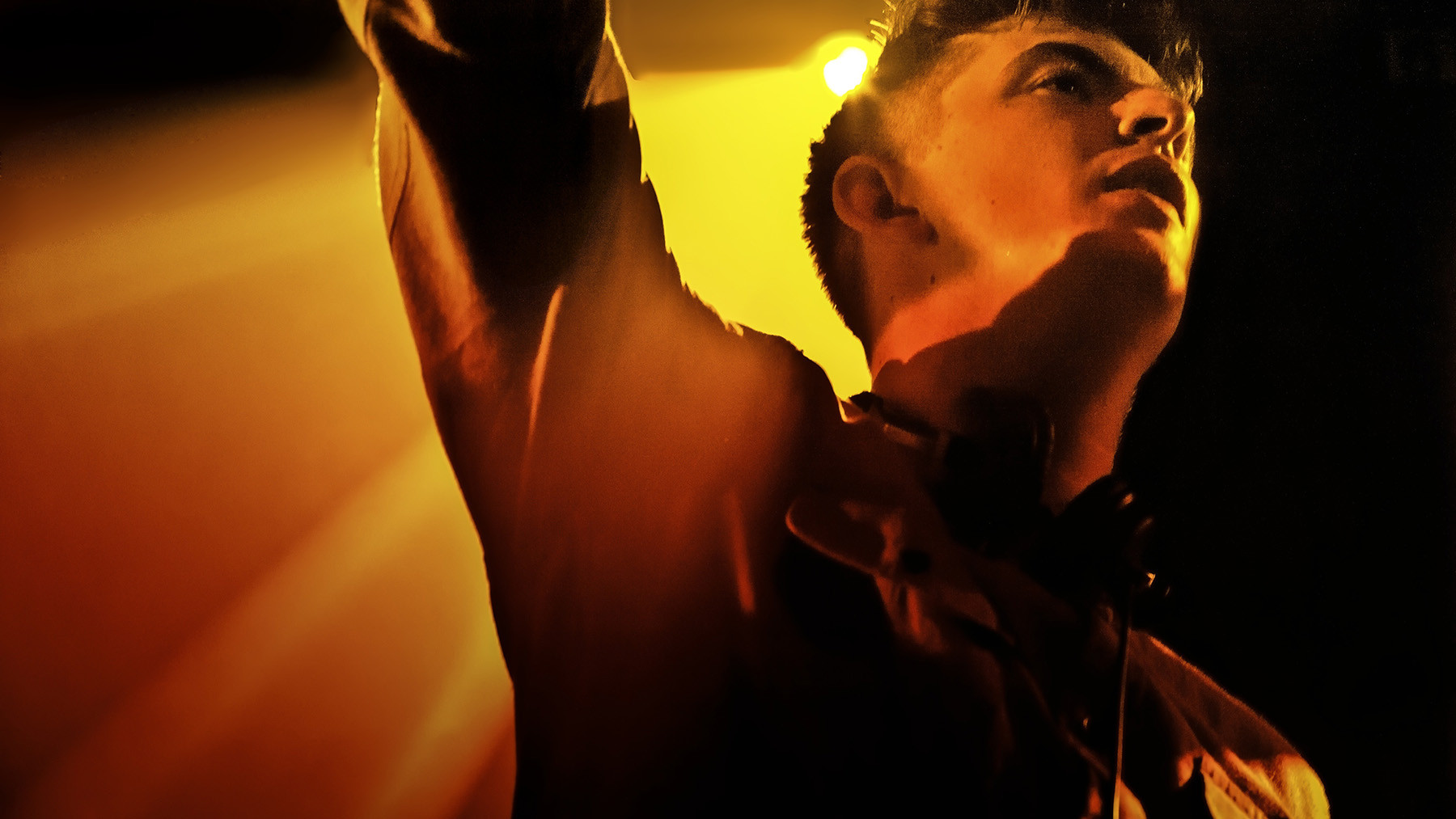 Skream performing at Fabric Nightclub, London. Image Credit: PYMCA/Universal Images Group via Getty
Skream performing at Fabric Nightclub, London. Image Credit: PYMCA/Universal Images Group via Getty
Image Credit: Universal Images Group via Getty
Shortly after London dubstep producer-DJ Skream released “Midnight Request Line,” he recalled, “I was on a boys’ holiday with my friends. They had a DJ Magazine or a Mixmag rack up on a shelf … I looked at it, and I had Record of the Month. I was like, ‘Shit, I need to get home.’” The track, with its wavering synth melody, gliding bass, and clap-heavy beat, propelled Skream and dubstep into the spotlight. Its atmospheric and groundbreaking dubstep sound makes “Midnight Request Line” a top dubstep dance song.
Paul Johnson – ‘Feel My M.F. Bass’ (1994)
“Ghetto house” was house music’s equivalent to gangsta rap, a style defined by 90s Chicago producers (notably on Dance Mania Records). It was raw, sample-based, and street-oriented. Paul Johnson, who used a wheelchair, was a leading figure, creating unconventional genre pieces with unique flair, along with his DJ mixtapes featuring his dreamy voice-overs. His pinnacle was “Feel My M.F. Bass,” a blunt and powerful track with a cavernous kick drum over which Johnson gleefully intones, “Feel my motherfuckin’ bass in your face,” like a lover’s serenade. Its raw energy and ghetto house style make “Feel My M.F. Bass” a top ghetto house dance song.
Ten City – ‘That’s the Way Love Is’ (1989)
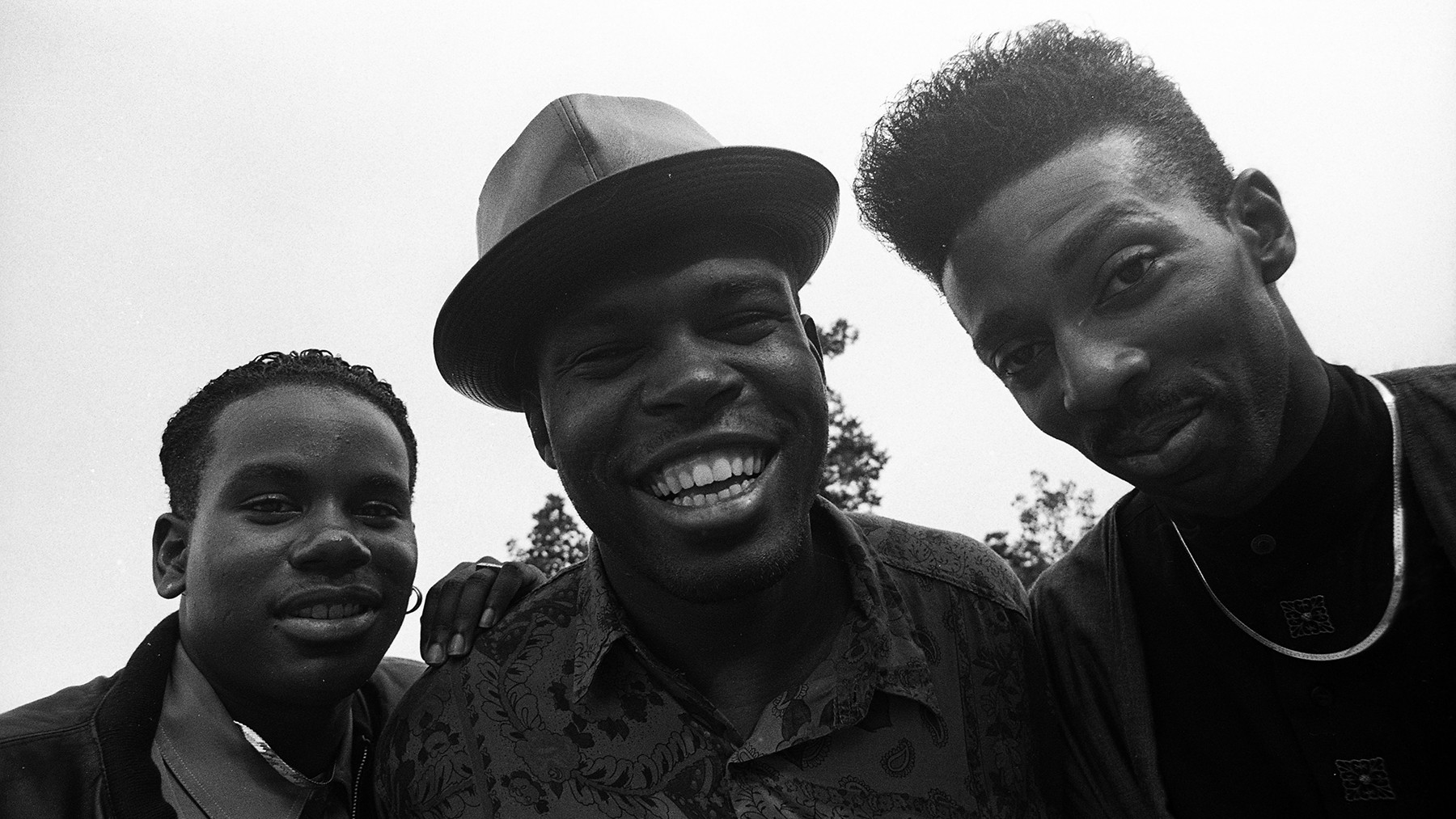 Ten City group portrait, London, 1990. Image Credit: Martyn Goodacre/Getty Images
Ten City group portrait, London, 1990. Image Credit: Martyn Goodacre/Getty Images
Image Credit: Getty Images
Marshall Jefferson, producer of Chicago house vocal trio Ten City, explained, “When Ten City started, I think we were both at a point where we wanted to expand the genre by writing proper songs while at the same time doing more abstract things.” Ten City’s third single, “That’s the Way Love Is,” epitomized their style – Philly soul strings over lush love songs, topped by Byron Stingily’s soaring falsetto. It reached the UK Top 10 and Billboard dance chart Number One. Jefferson added, “people in South Africa have told us stories of how that song represents liberation for them.” Its soulful vocals and uplifting melody make “That’s the Way Love Is” a top soulful house dance song.
Nitzer Ebb – ‘Join in the Chant’ (1987)
Image Credit: Getty Images
Industrial groove band Nitzer Ebb, from England’s Midlands, had a genuine dance music background. Frontman Douglas McCarthy told The Guardian, “The clubs we knew were disco and funk. It’s in the DNA of the area.” Nitzer Ebb’s most rousing anthem, “Join in the Chant,” was a perfect techno crossover, particularly in Detroit, where techno artists like Carl Craig and Jeff Mills had previously made industrial music. Richie Hawtin included “Chant” in his influential 1999 mix CD Decks, EFX & 909, and Andrew Weatherall once said, “The closest I felt to God was listening to ‘Join in the Chant.’” Its industrial techno sound and powerful energy make “Join in the Chant” a top industrial dance song.
Bronski Beat – ‘Smalltown Boy’ (1984)
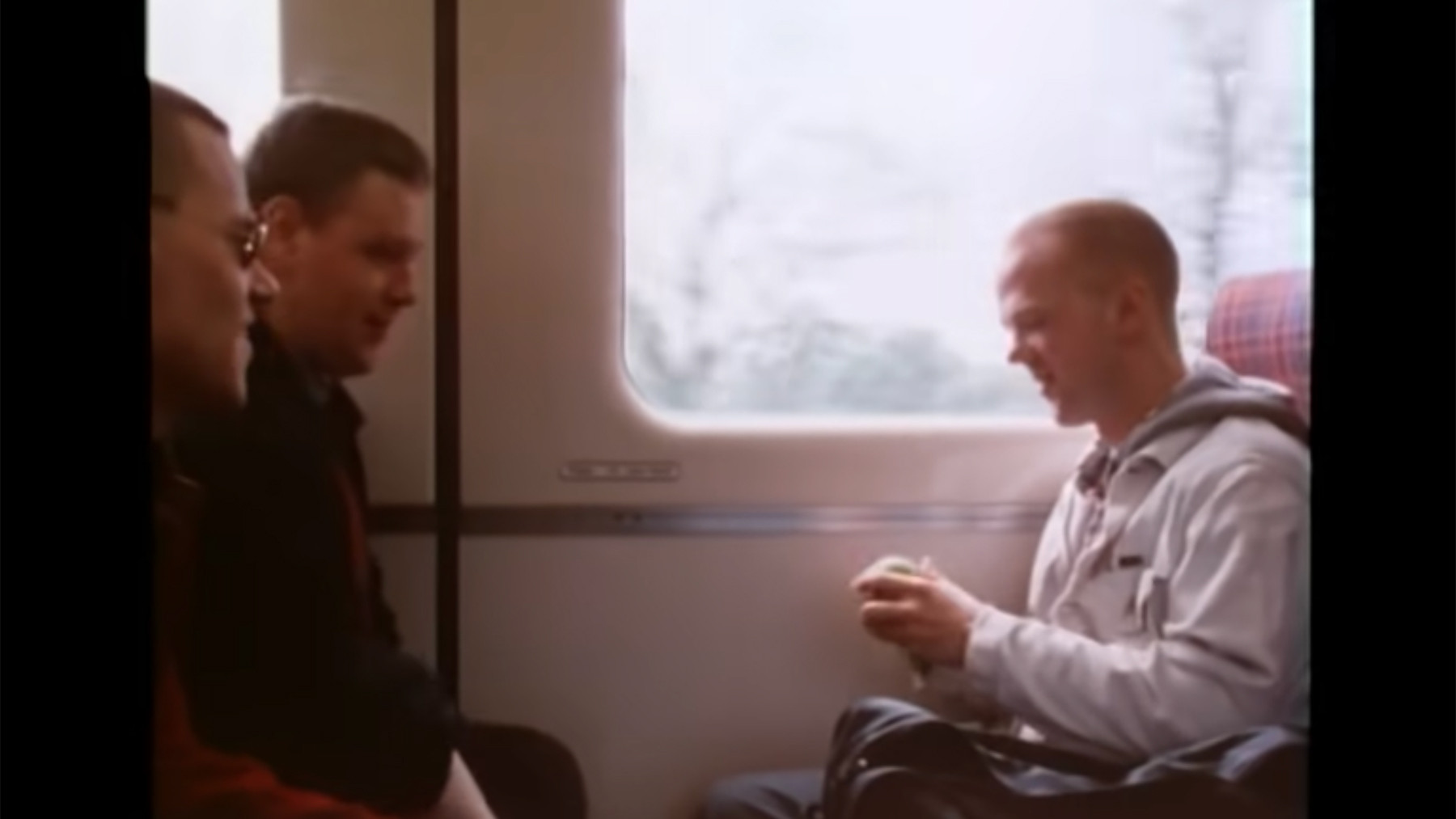 Bronski Beat performing, image of synth-pop band Bronski Beat.
Bronski Beat performing, image of synth-pop band Bronski Beat.
Bronski Beat’s Jimi Somerville joked that his vocal training consisted of singing along to Donna Summer and Sylvester records. “I wanted a lot more out of life than working in a paint factory and having to accept that being gay was a nighttime occupation only,” he said. “I just had had enough of the abuse and the heartache.” He channeled this into “Smalltown Boy,” a poignant portrayal of alienation and escape. With its yearning vocal hook (“Run away, run away, run away”) and gentle synth backdrop, it became a gay club anthem, reaching Number One on the Billboard club chart and the UK Top Three. Its emotional lyrics and synth-pop melody make “Smalltown Boy” a top synth-pop dance song with emotional depth.
LFO – ‘LFO (Leeds Warehouse Mix)’ (1990)
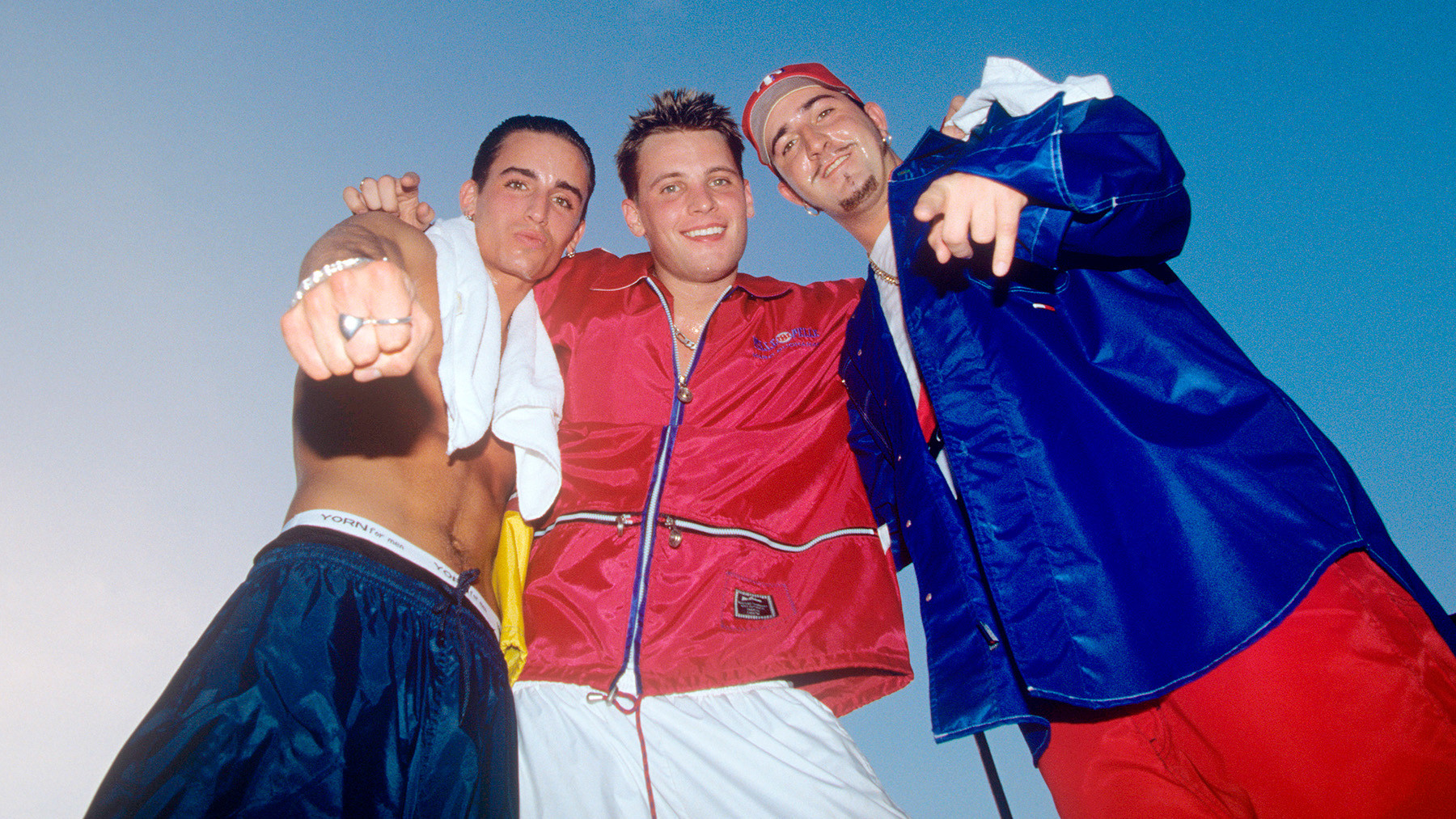 LFO performing, image of electronic music group LFO. Image Credit: PYMCA/Universal Images Group/Getty Images
LFO performing, image of electronic music group LFO. Image Credit: PYMCA/Universal Images Group/Getty Images
Image Credit: PYMCA/Universal Images Group/Getty Images
LFO were pioneers of Sheffield, England’s “bleep” scene, Warp Records’ original sound, which is exactly as it sounds. However, Warp’s Steve Beckett explained, “it had nothing to do with the bleeps for the people making it — for them it was all about the bass.” The track that got LFO signed was their self-titled “LFO.” Icy synth chords and bleeps set the stage for layers of low-end. The bassline compels movement, while the sub-bass can shake city blocks. Its bleep techno sound and powerful bass make “LFO” a top bleep techno dance song.
Drake – ‘Sticky’ (2022)
 Drake Sticky album art, image of Drake for his song Sticky.
Drake Sticky album art, image of Drake for his song Sticky.
Drake’s foray into dance music, Honestly, Nevermind, feels deliberately understated, drawing from Jersey and Baltimore club music and deep house strains. “Sticky,” produced by Gordo and Ry X, stands out as the highlight. Drake shifts from the album’s subdued vocals to rap about personal topics, including Young Thug’s release from jail and Virgil Abloh’s passing. It’s an example of a superstar embracing a subculture and emerging with an enhanced sound. Its blend of rap and house influences makes “Sticky” a top crossover dance song for contemporary audiences.
Roland Clark – ‘I Get Deep (Shelter Mix)’ (2000)
“The love of house music started when I went to Club Zanzibar in lieu of my prom,” Roland Clark recounted, referring to the Newark, New Jersey club where Tony Humphries was a resident DJ. This anthem clearly demonstrates his deep passion for house music. Over lively kicks and hats and a swirling keyboard line, Clark delivers a monologue capturing a transcendent dance floor moment: “All the sweat just goes down my face/And I pretend that there’s nobody there but me in this place.” Clark also included the a cappella on the 12-inch, which Fatboy Slim later sampled on his album Halfway Between the Gutter and the Stars. Its spoken word and deep house groove make “I Get Deep” a top spoken word dance song.
Aly-Us – ‘Follow Me’ (1992)
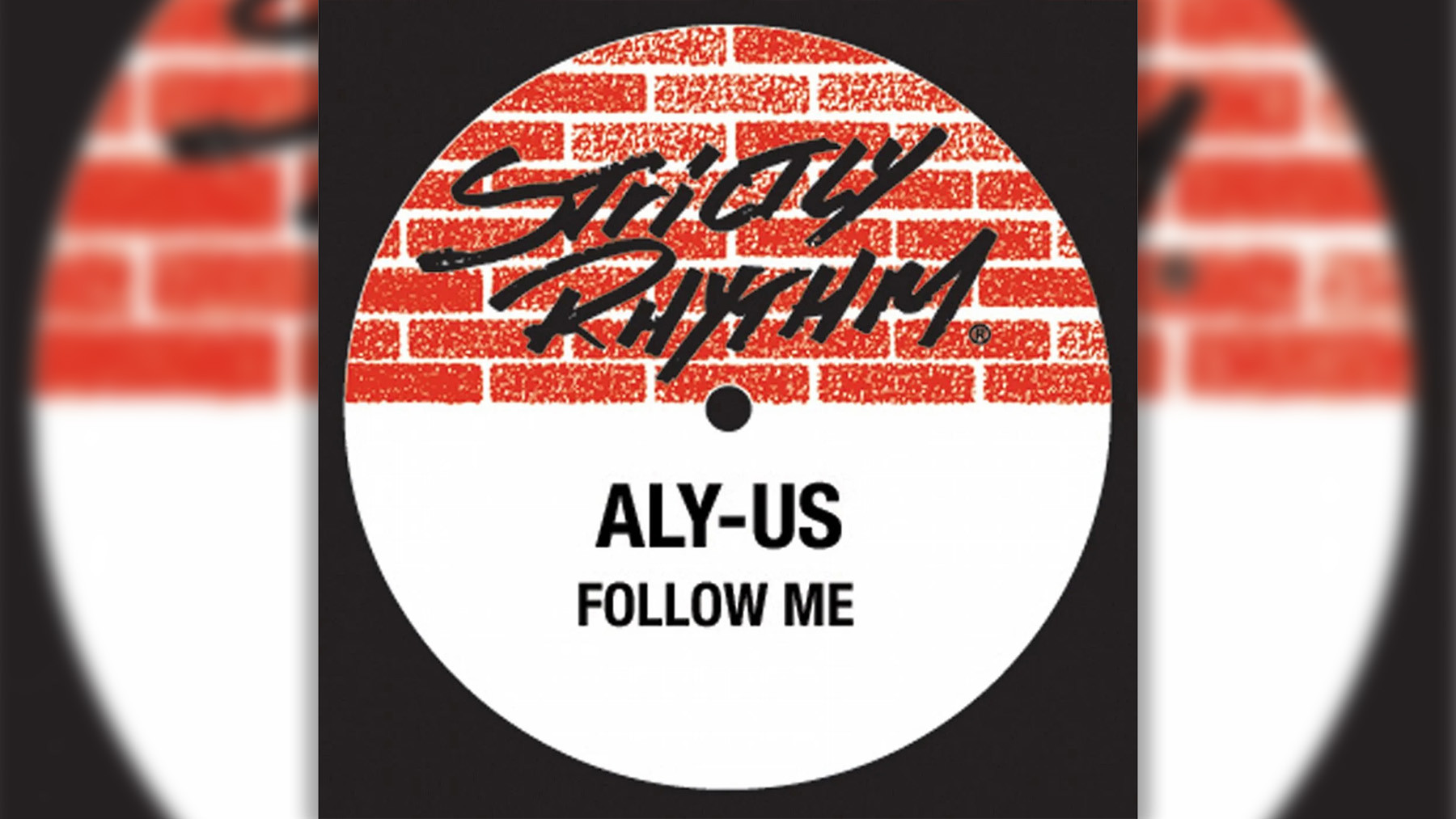 Aly-Us Follow Me album art, image of the Aly-Us single Follow Me.
Aly-Us Follow Me album art, image of the Aly-Us single Follow Me.
Early house music often had a raw, unpolished quality, which was a significant part of its charm. This is particularly true of “Follow Me,” an uplifting anthem with a gospel-like message (“We must stop fighting/To achieve the peace”) from a New Jersey vocal trio who recorded it in a basement on a four-track recorder. Its lo-fi production and occasional vocal imperfections only enhance the song’s urgency. Its raw house sound and uplifting message make “Follow Me” a top raw house dance song.
George McCrae – ‘Rock Your Baby’ (1974)
Image Credit: Redferns
In the summer of 1974, two songs that originated in clubs reached Number One on the Billboard Hot 100. One was Hues Corporation’s “Rock the Boat,” and the other was “Rock Your Baby.” These were among the first disco hits. The shimmering instrumental track for “Rock Your Baby” was created by keyboardist Henry Wayne Casey, drummer/bassist Richard Finch, and guitarist Jerome Smith. George McCrae was added as he was at TK Records offices. He recalled, “I think they gave me ‘Rock Your Baby’ to get me out of their hair.” After the record’s success, Casey, Finch, and Smith formed the core of KC and the Sunshine Band. Its smooth disco sound and historical significance make “Rock Your Baby” a top classic disco dance song.
El General – ‘Perezosa’ (1995)
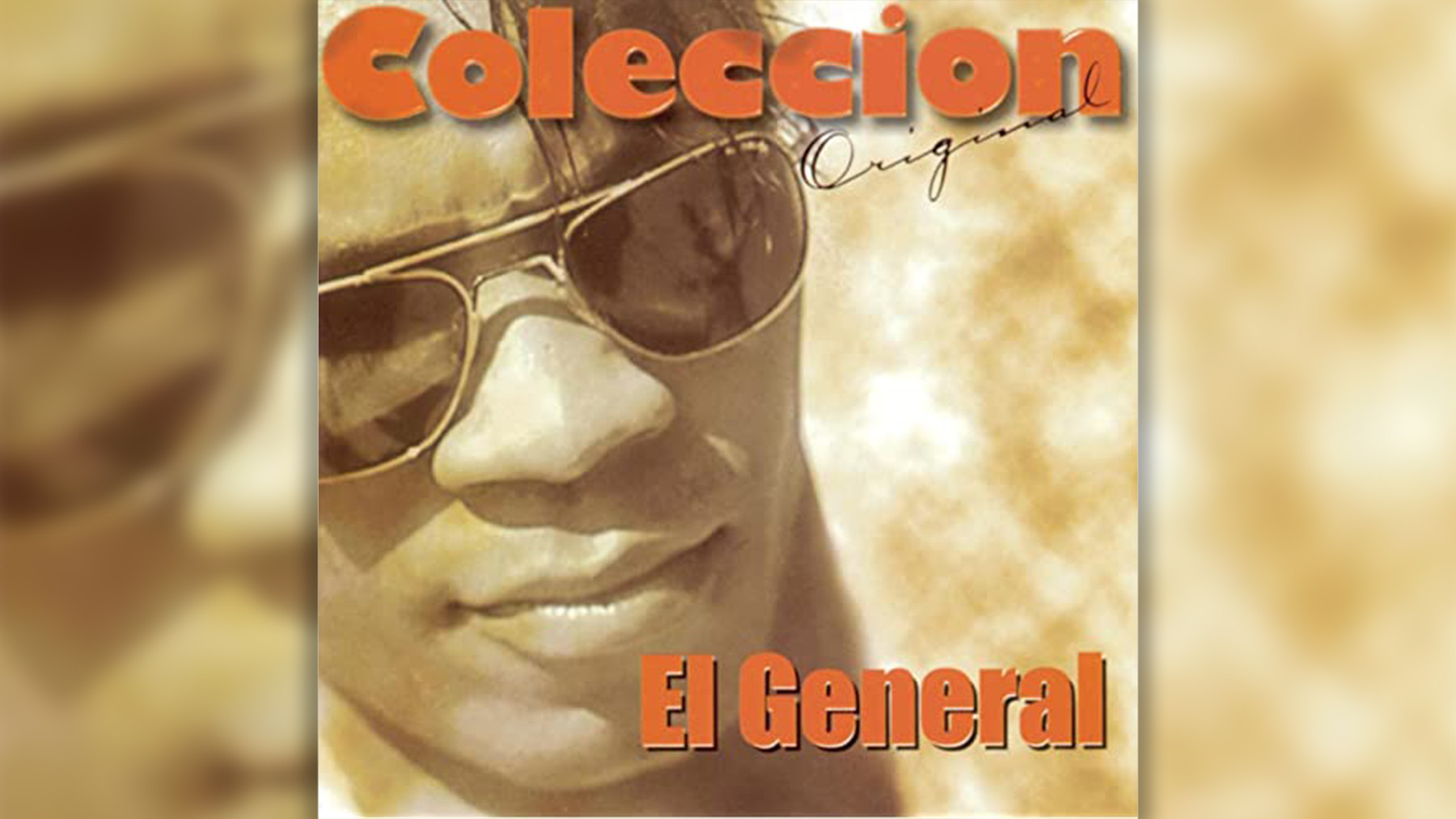 El General performing, image of Panamanian reggae artist El General.
El General performing, image of Panamanian reggae artist El General.
Panamanian pioneer El General established the blueprint for reggaeton by creating massive international hits using reggae rhythms in the 80s and 90s. His experimental approach and broader impact on club music are often overlooked. “Perezosa,” from his album Club 555, exemplifies his range. It’s a booming and empowering dance anthem packed with high-voltage electronic sounds that captured the energy of vibrant parties across Latin America. Its reggaeton beat and empowering message make “Perezosa” a top reggaeton dance song.
Tom and Jerry – ‘Maximum Style’ (1994)
Image Credit: Naki/Redferns/Getty Images
4Hero, comprised of Marc Mac and Dego MacFarlane, are drum and bass stalwarts, consistently producing hits from early 90s UK hardcore to late 90s neo-fusion, sometimes under aliases like Tom and Jerry. Tom and Jerry are credited for “Maximum Style,” released as jungle’s popularity surged in the UK. This smooth stepper track features a captivating, needling guitar and cartoonish effects, maintaining a playful vibe while delivering a serious groove. Its jungle beat and playful elements make “Maximum Style” a top jungle dance song.
LCD Soundsystem – ‘Losing My Edge’ (2002)
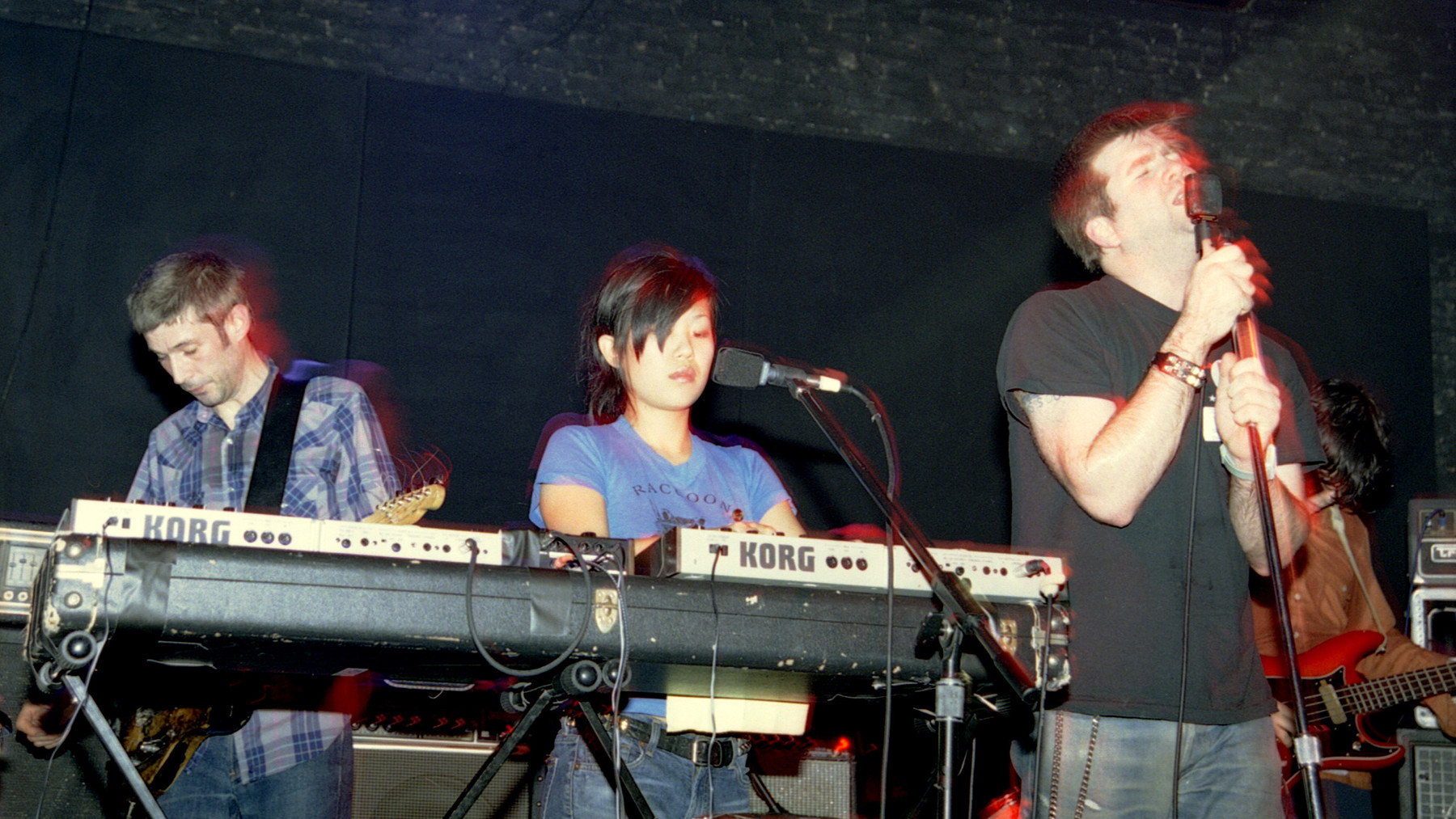 LCD Soundsystem performing at Bowery Ballroom NYC, 2002. Image Credit: David Corio/Redferns
LCD Soundsystem performing at Bowery Ballroom NYC, 2002. Image Credit: David Corio/Redferns
Image Credit: Redferns
James Murphy’s LCD Soundsystem debut single, “Losing My Edge,” is both a compelling groove and a witty stand-up routine. It’s a blast of irony that ignited the New York dance-punk scene of the early 2000s. Murphy portrays an aging hipster watching his relevance fade as a new generation emerges, making him feel obsolete, even if he “was there, at the first Can show in Cologne,” or was the first “to play Daft Punk to the rock kids.” “Losing My Edge” makes you laugh and dance simultaneously, and its FOMO theme resonates universally. Its dance-punk sound and humorous lyrics make “Losing My Edge” a top dance-punk song with comedic elements.
Shakira – ‘Ojos Asi (Thunder Mix)’ (1999)
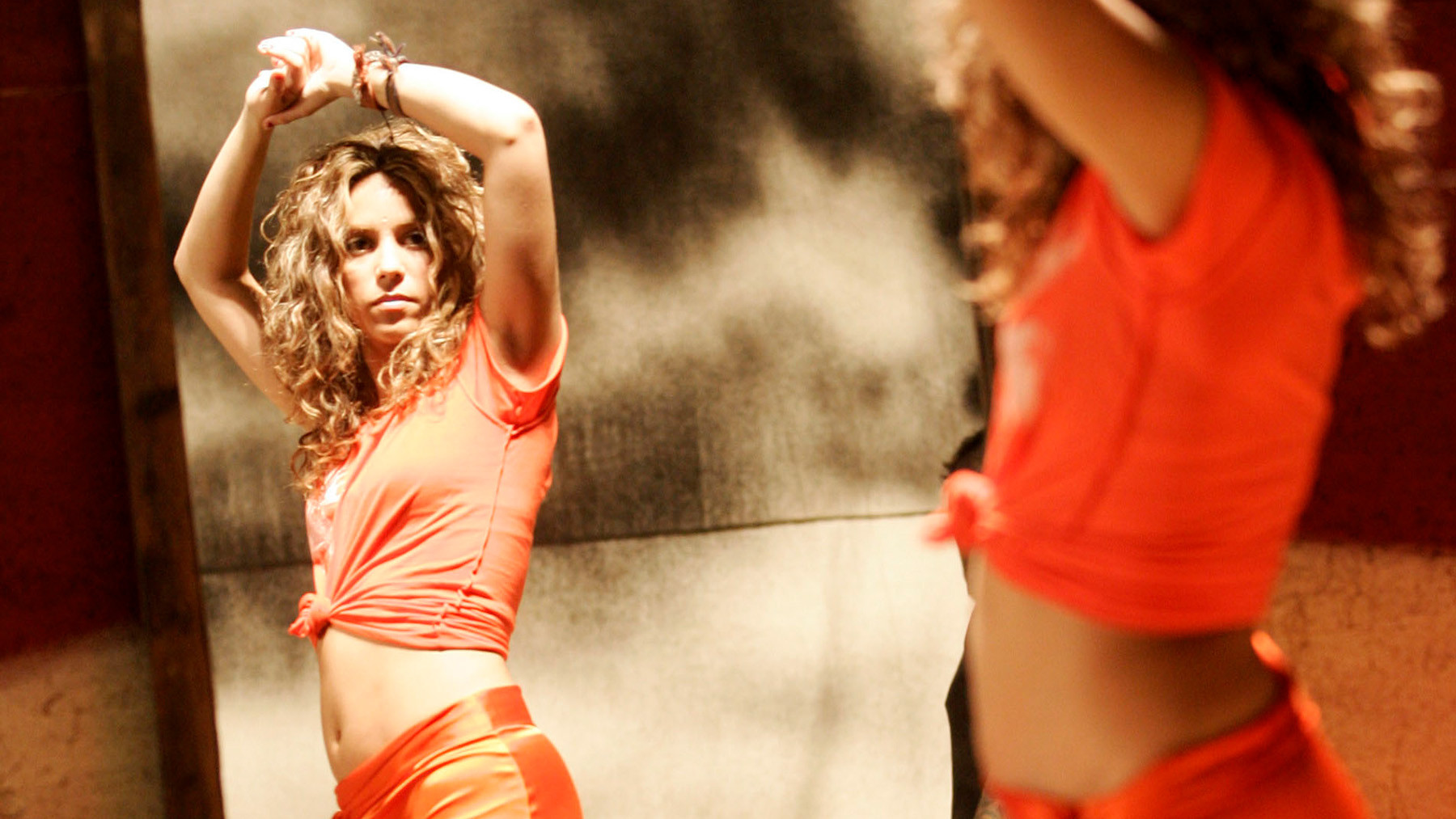 Shakira performing, image of Colombian singer Shakira. Image Credit: ASSOCIATED PRESS
Shakira performing, image of Colombian singer Shakira. Image Credit: ASSOCIATED PRESS
Pablo Flores is considered a key figure in Latin pop. This Puerto Rican DJ worked with major artists associated with Emilio Estefan, including Gloria Estefan and Ricky Martin. In the 90s, he and his partner Javier Garza helped a then-little-known Colombian singer named Shakira create “Ojos Asi.” This prescient song honored her Lebanese heritage and foreshadowed boundary-pushing, global Latin music. His extended remix, “Thunder Mix,” furthered these ideas with masterful production that resonated on dance floors worldwide. Its Latin pop fusion and global sound make “Ojos Asi (Thunder Mix)” a top Latin pop dance song.
Squarepusher – ‘My Red Hot Car’ (2001)
 Squarepusher performing at Rescue Rooms, Nottingham, UK, 2013. Image Credit: Ollie Millington/Redferns via Getty Images
Squarepusher performing at Rescue Rooms, Nottingham, UK, 2013. Image Credit: Ollie Millington/Redferns via Getty Images
Image Credit: Redferns via Getty Images
Tom Jenkinson, aka Squarepusher, in the mid-90s, twisted drum and bass’s frenetic energy into complex, often undanceable forms, injecting it with an intellectual air. He later said, “Basically, I was beginning to stare up my own ass. As a result, I wanted to shake things up and make music in a more spontaneous, almost flippant way.” However, the cut-up vocals and glitchy production of “My Red Hot Car” aren’t mere abstraction. The flickering trickery alternates with clever negative space, creating a crowd-moving groove featuring Jenkinson’s playful bassline, appealing to adventurous DJs. Its experimental drum and bass sound makes “My Red Hot Car” a top experimental dance song.
Moloko – ‘Sing It Back (Boris Musical Mix)’ (1997)
Image Credit: Getty Images
Moloko’s 1998 single “Sing It Back,” featuring Róisín Murphy’s vocals, described by partner Mark Brydon as “Peggy Lee on mescaline,” was moody, downtempo, and expansive. It initially underperformed. However, Belgian house producer Boris Dlugosch’s remix transformed it. His version featured a crisp house groove based on Chic, with a captivating rhythm guitar and playful bass. This remix reached the UK Top Five and launched Murphy’s adventurous solo career. Its house remix and catchy groove make “Sing It Back (Boris Musical Mix)” a top house remix dance song.
The Human League – ‘Don’t You Want Me’ (1981)
 The Human League performing, image of synth-pop band The Human League.
The Human League performing, image of synth-pop band The Human League.
Human League keyboardist Jo Callis described the lyrical concept of “Don’t You Want Me,” co-written by Callis and Phil Oakey: “Phil [Oakey] had this idea lyrically for this song: a story in the song which is very much A Star Is Born [and] My Fair Lady — the impresario who takes an everyday person and transforms her into a superstar that outshines himself.” The band initially underestimated the song, despite its he-said-she-said structure and catchy riff, as well as the powerful chorus. It became their first Number One hit in the UK and US, and a Top Three hit on the Billboard Dance Club chart. It marked a key moment in the fusion of UK synth-pop, club music, and mainstream Top 40. Its synth-pop sound and iconic status make “Don’t You Want Me” a top synth-pop dance song of the 80s.
From disco’s shimmering beginnings to the cutting-edge sounds of modern electronic music, these top songs to dance to represent a diverse and exhilarating journey through the history of movement and rhythm. This playlist offers a soundtrack for every mood and dance floor, proving that the spirit of dance music is ever-evolving and eternally captivating. So, turn up the volume and let these iconic tracks inspire your next dance adventure!

